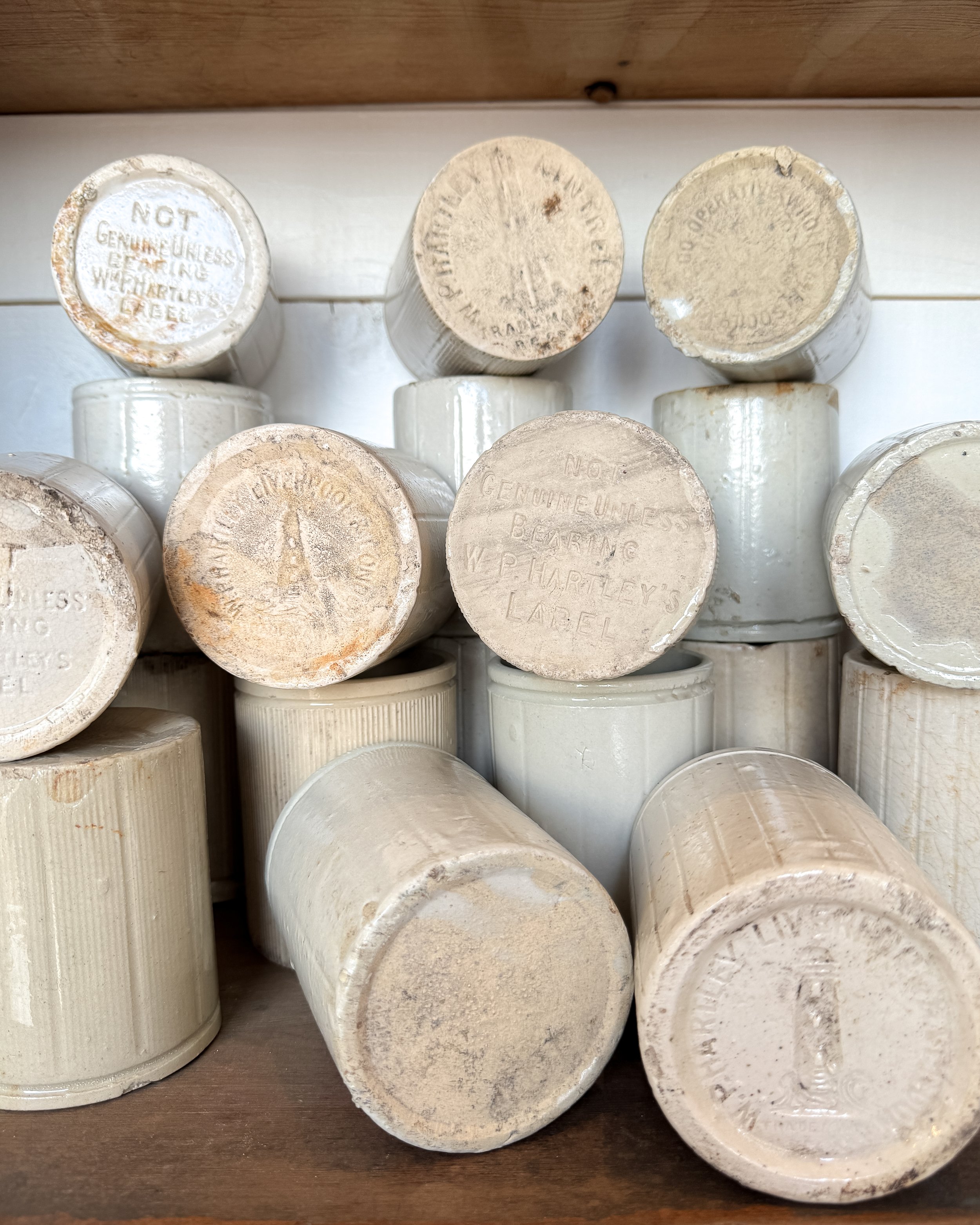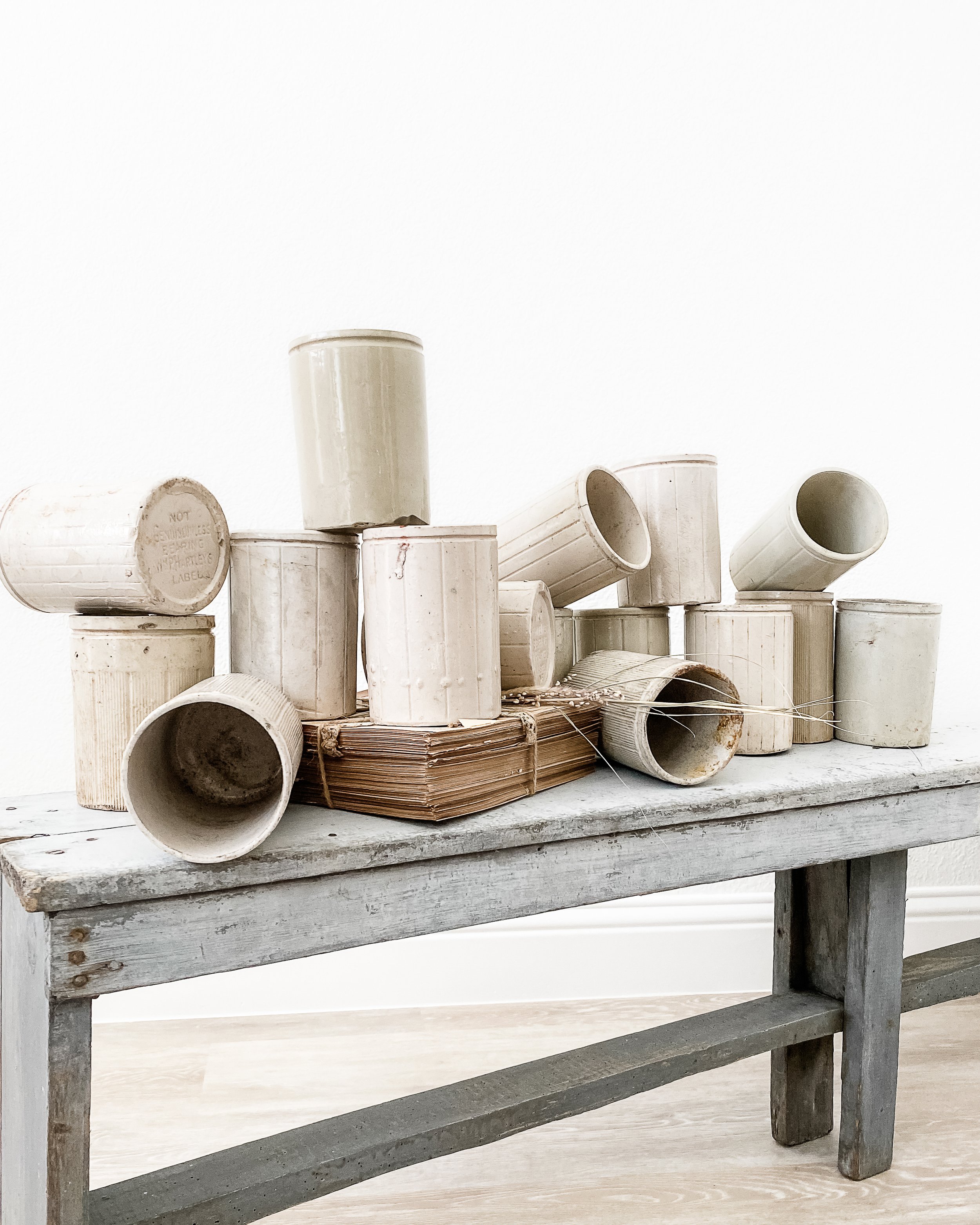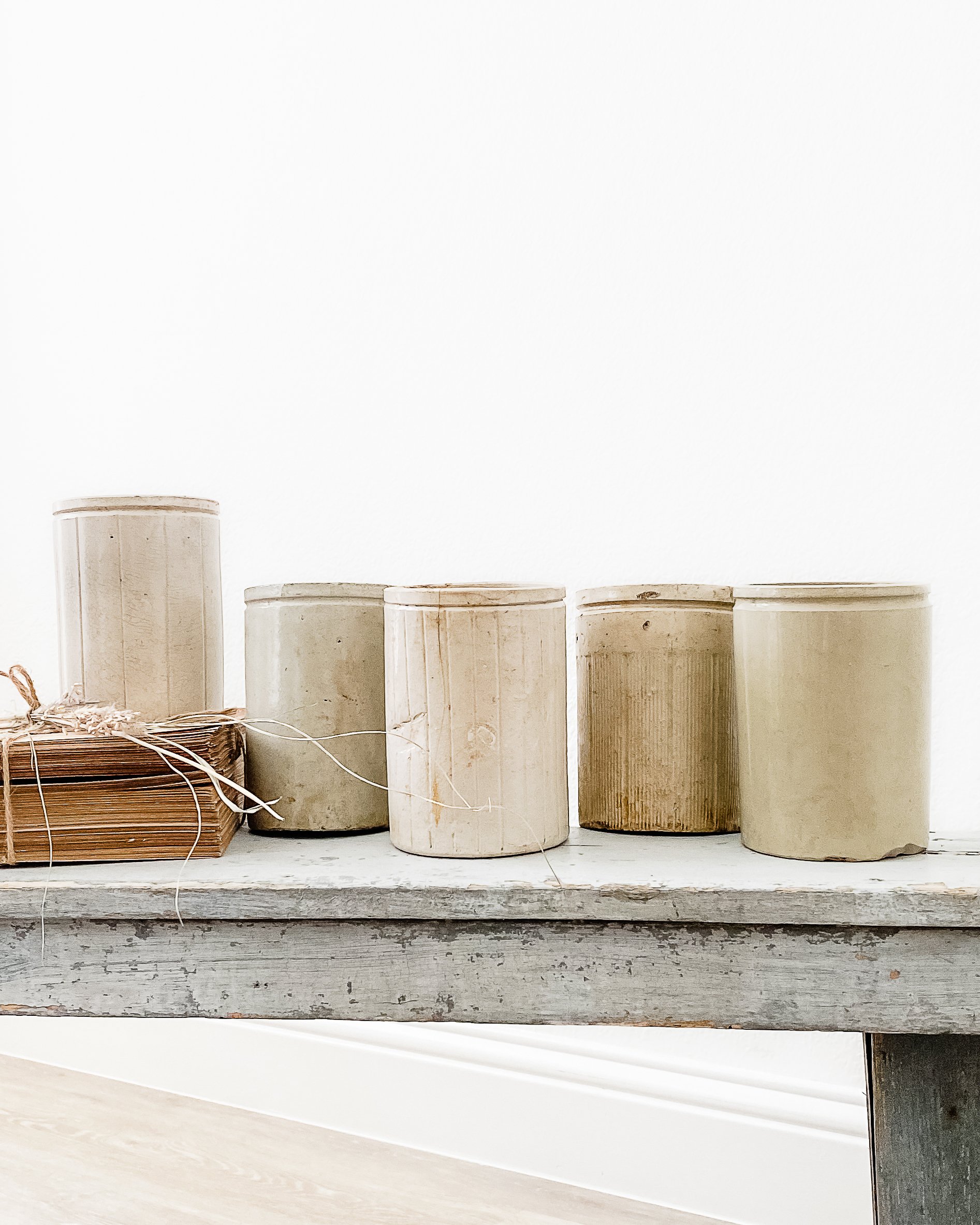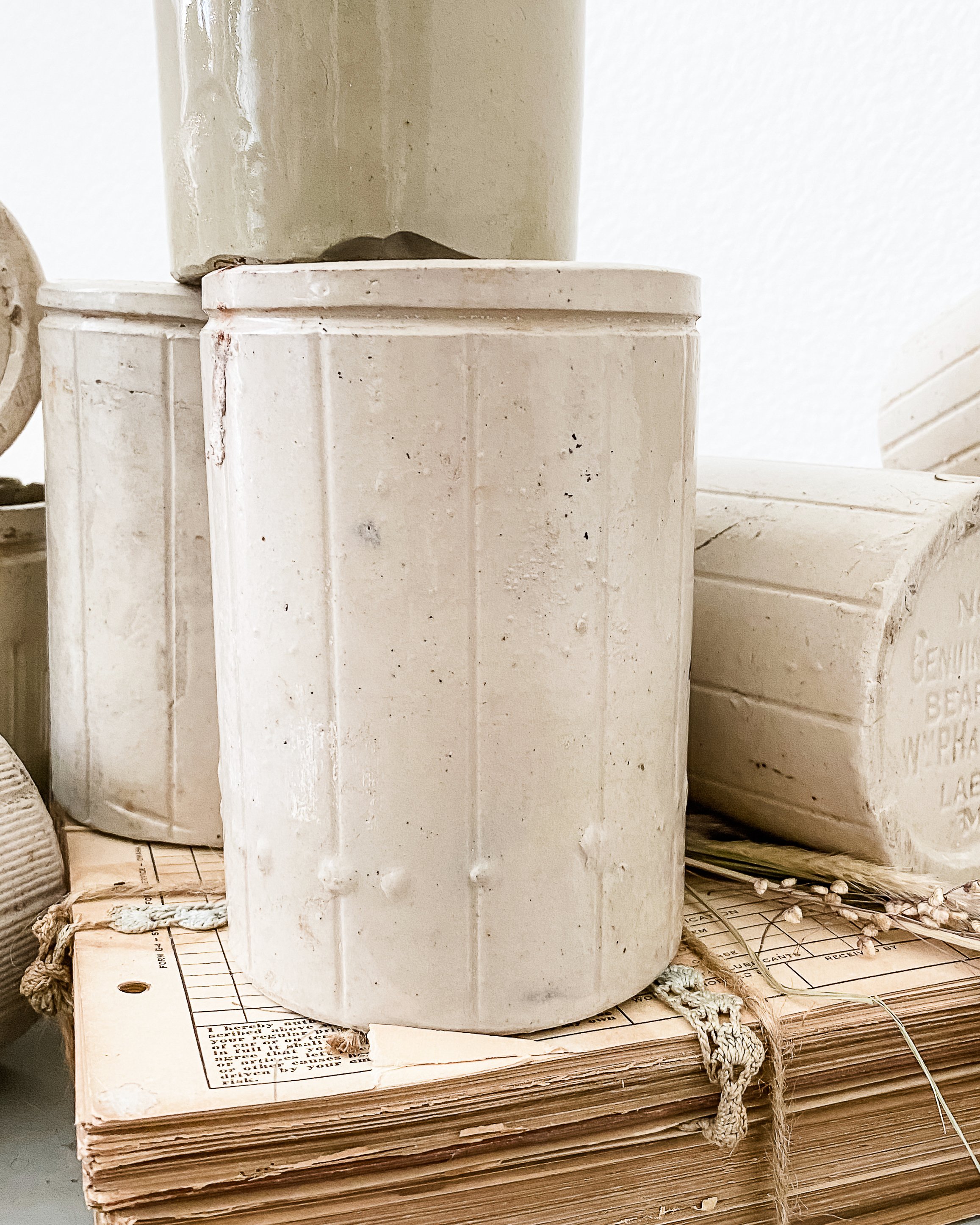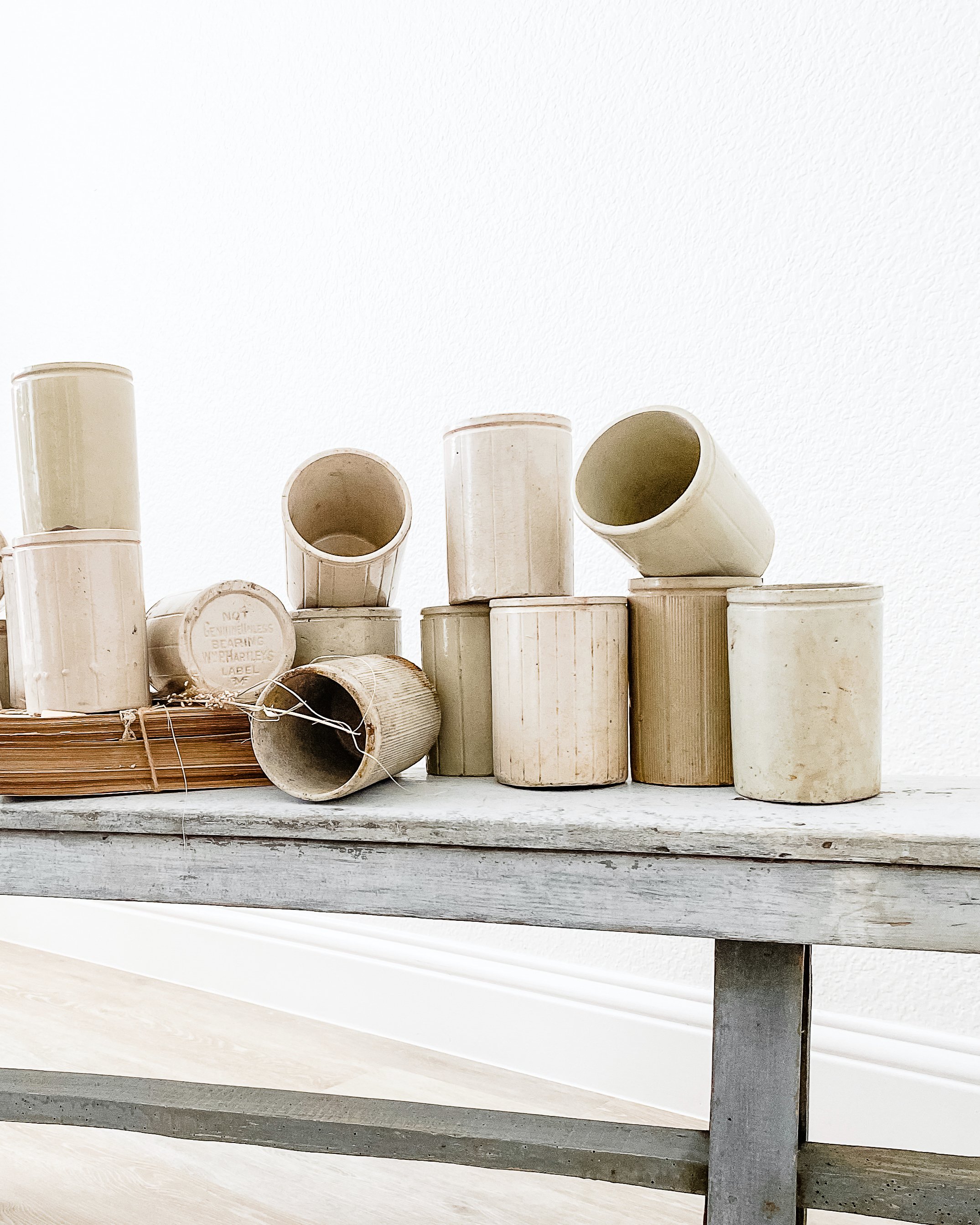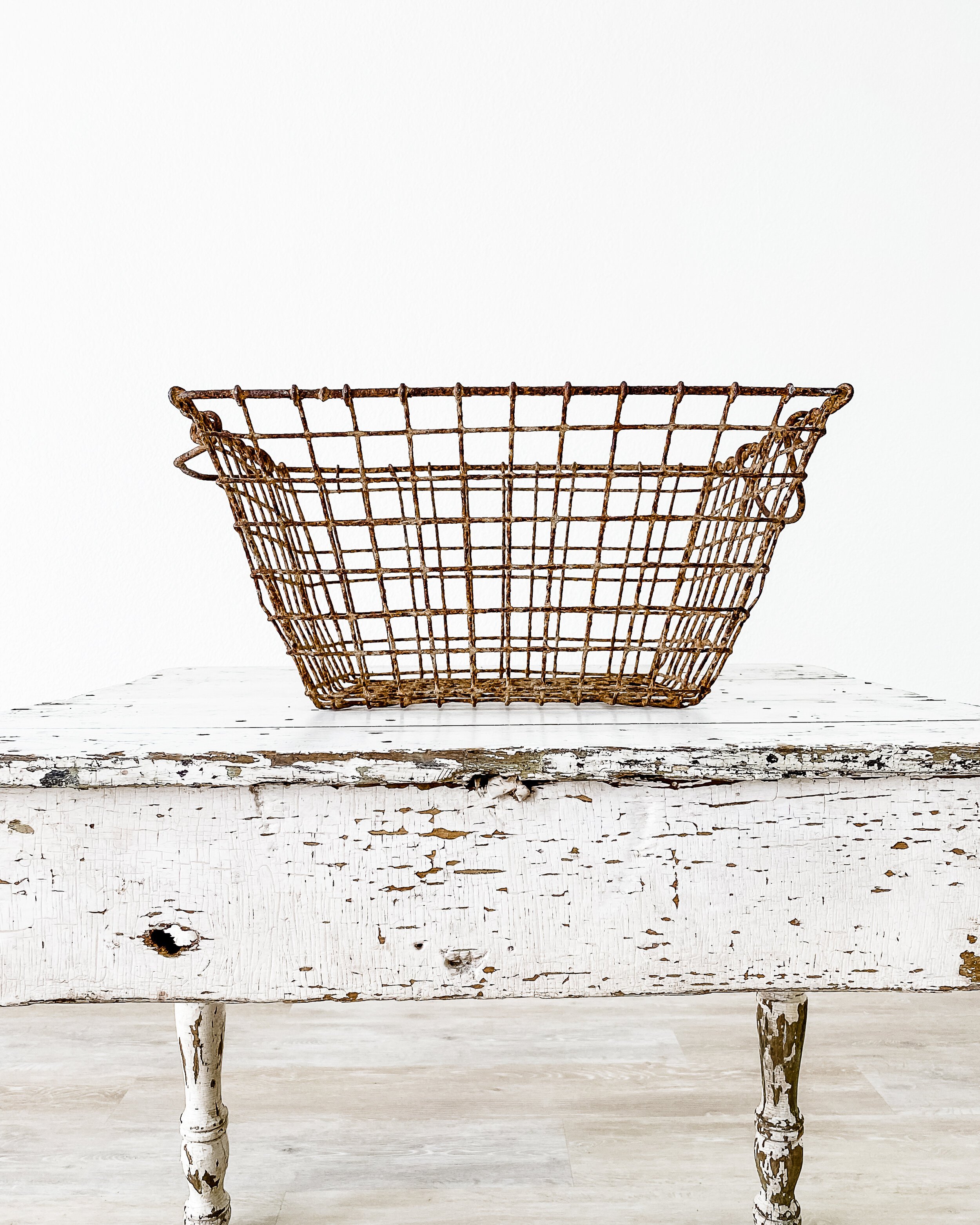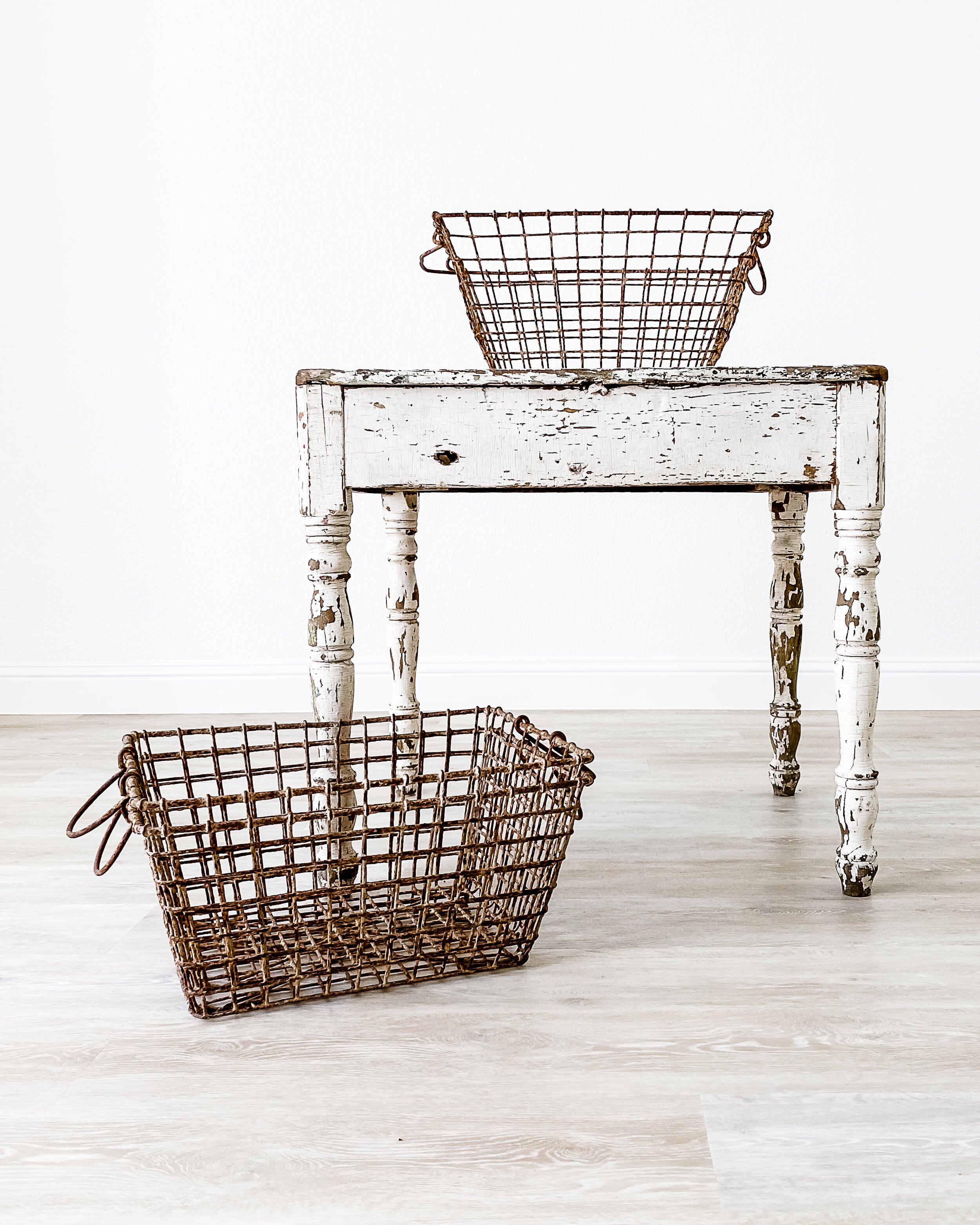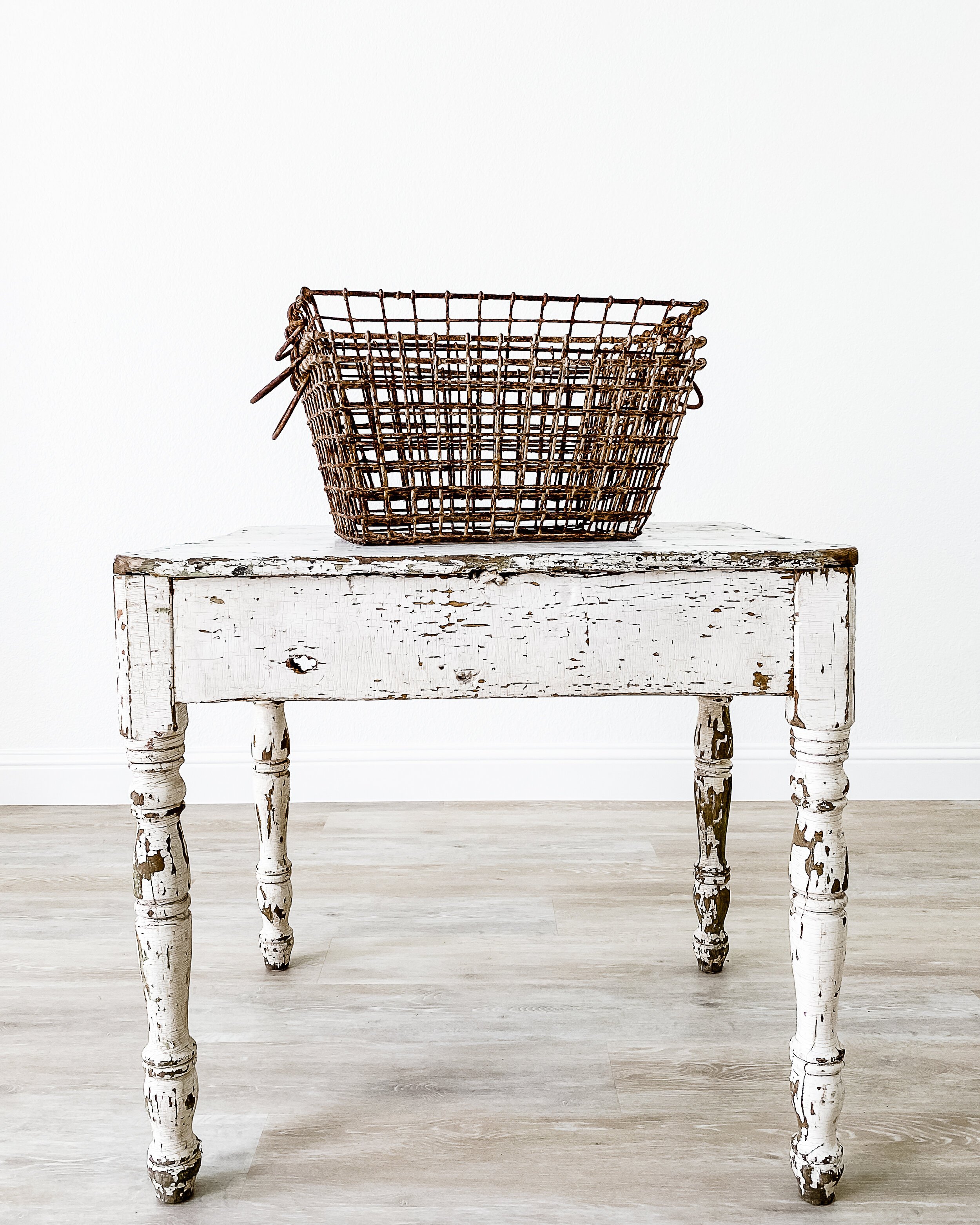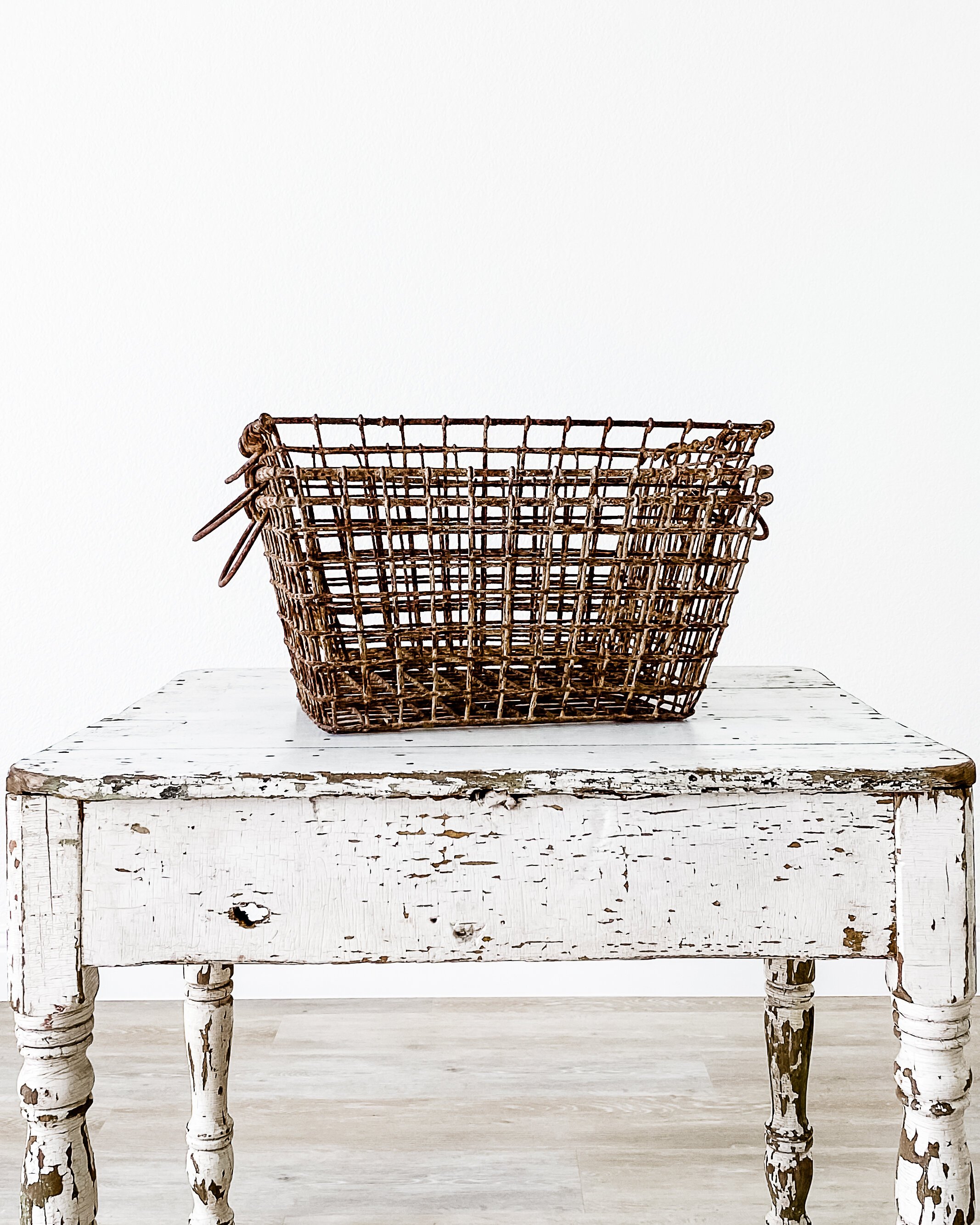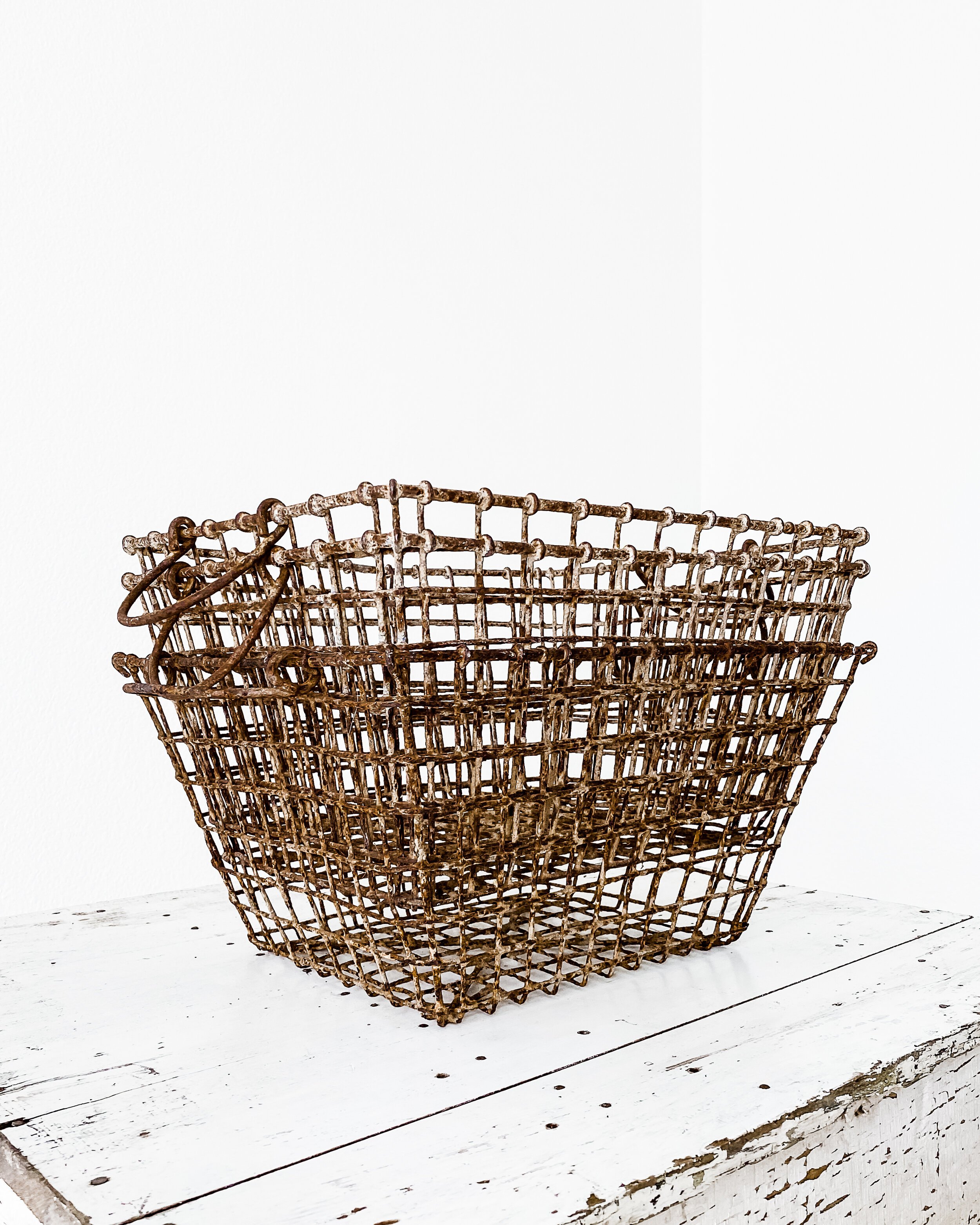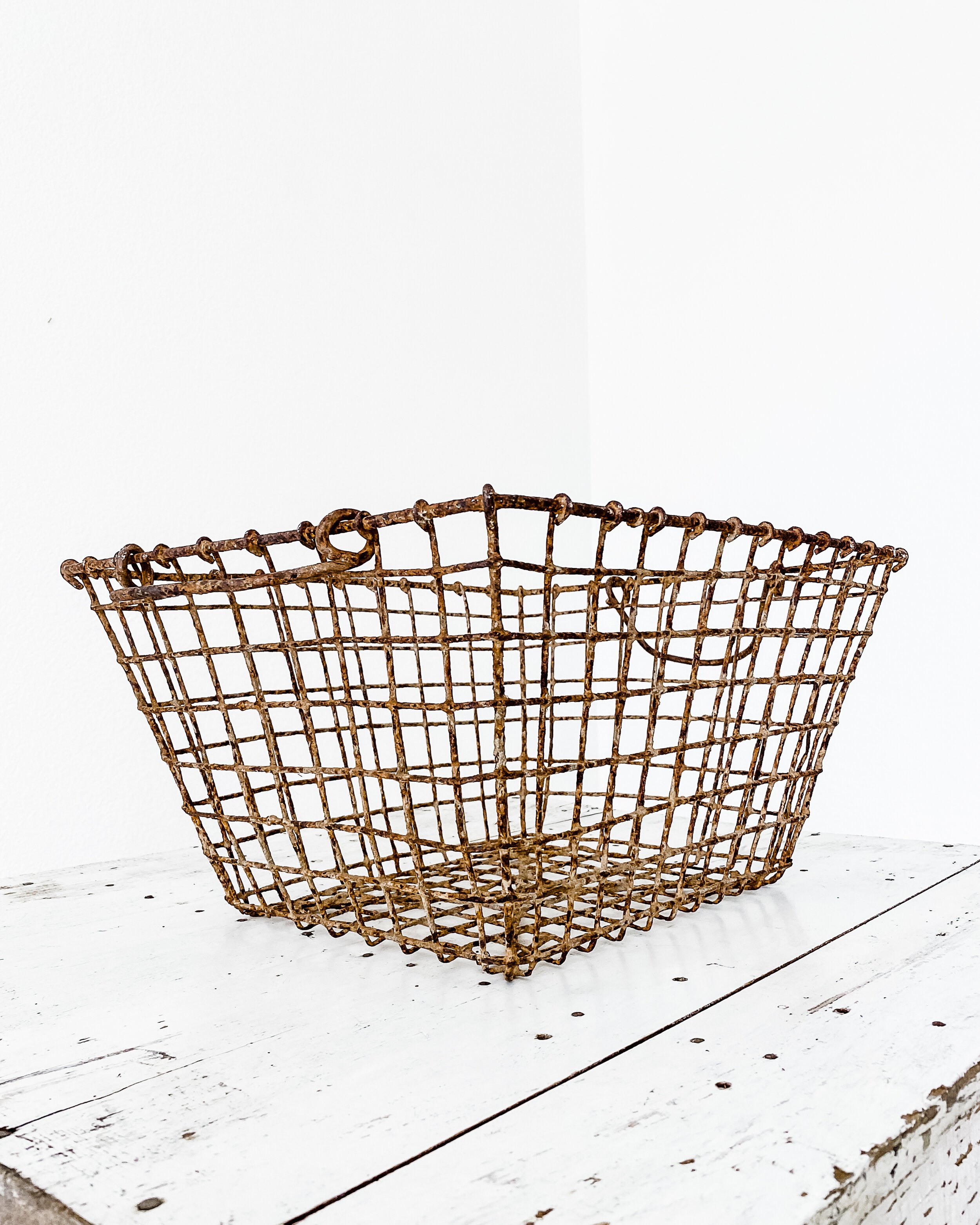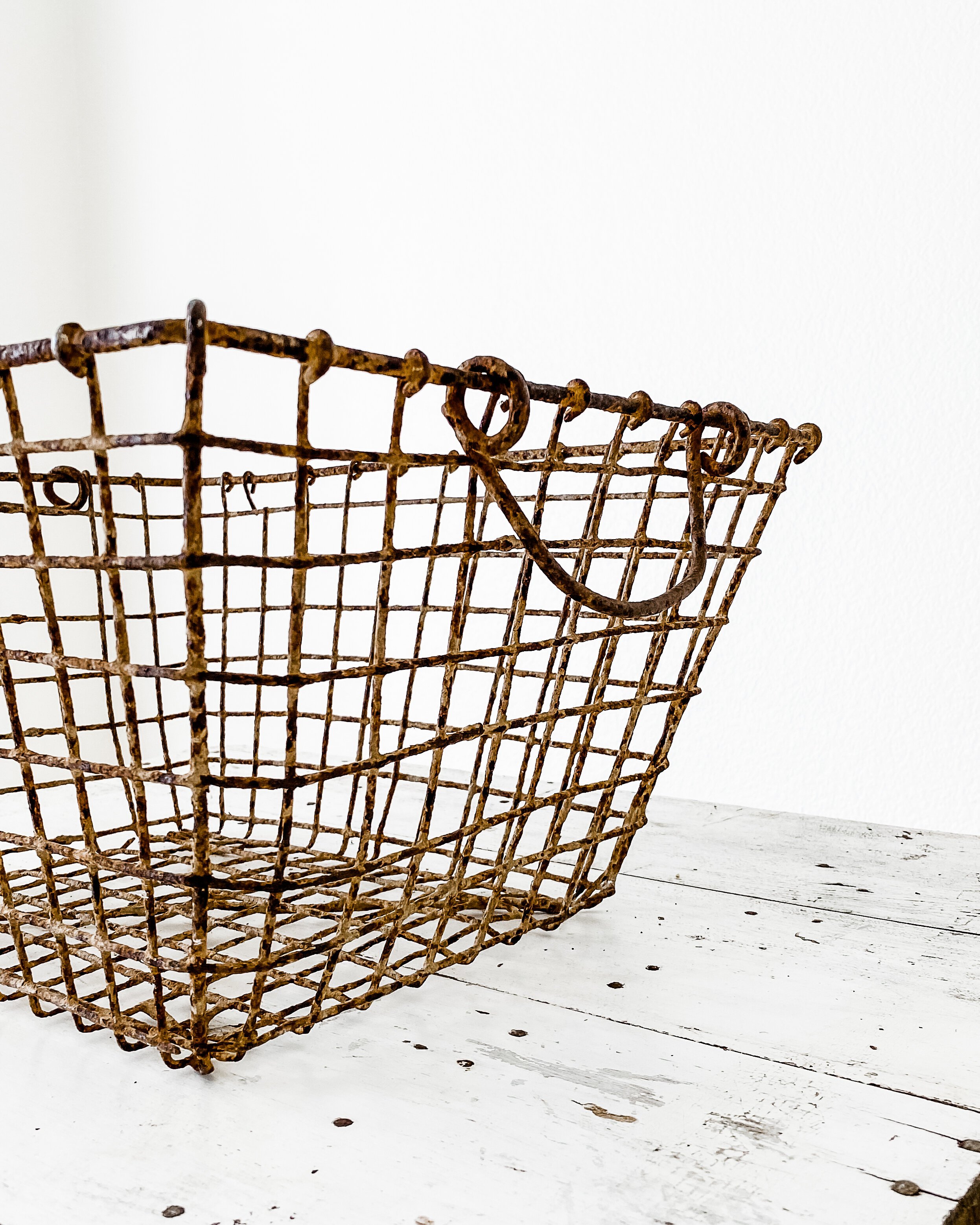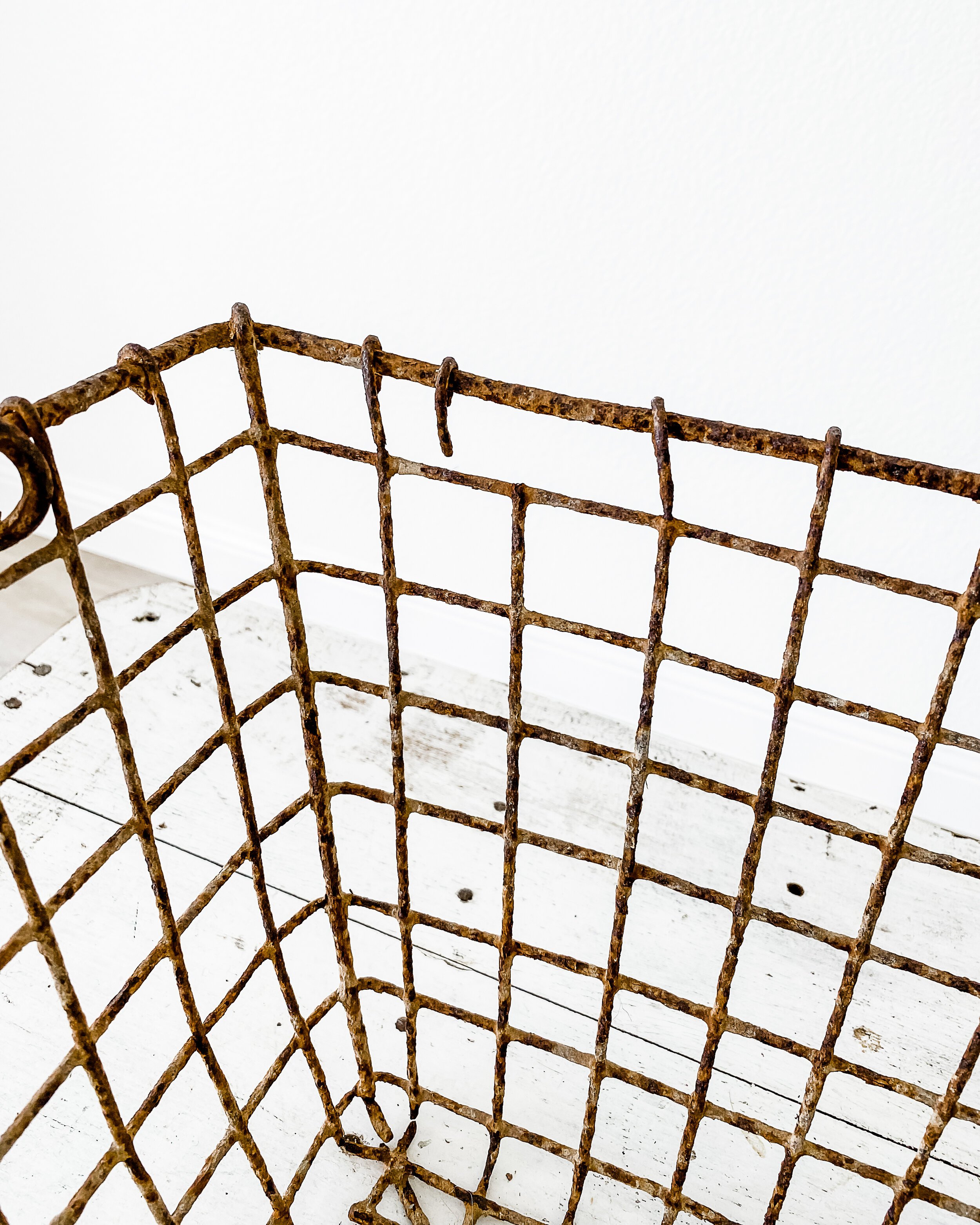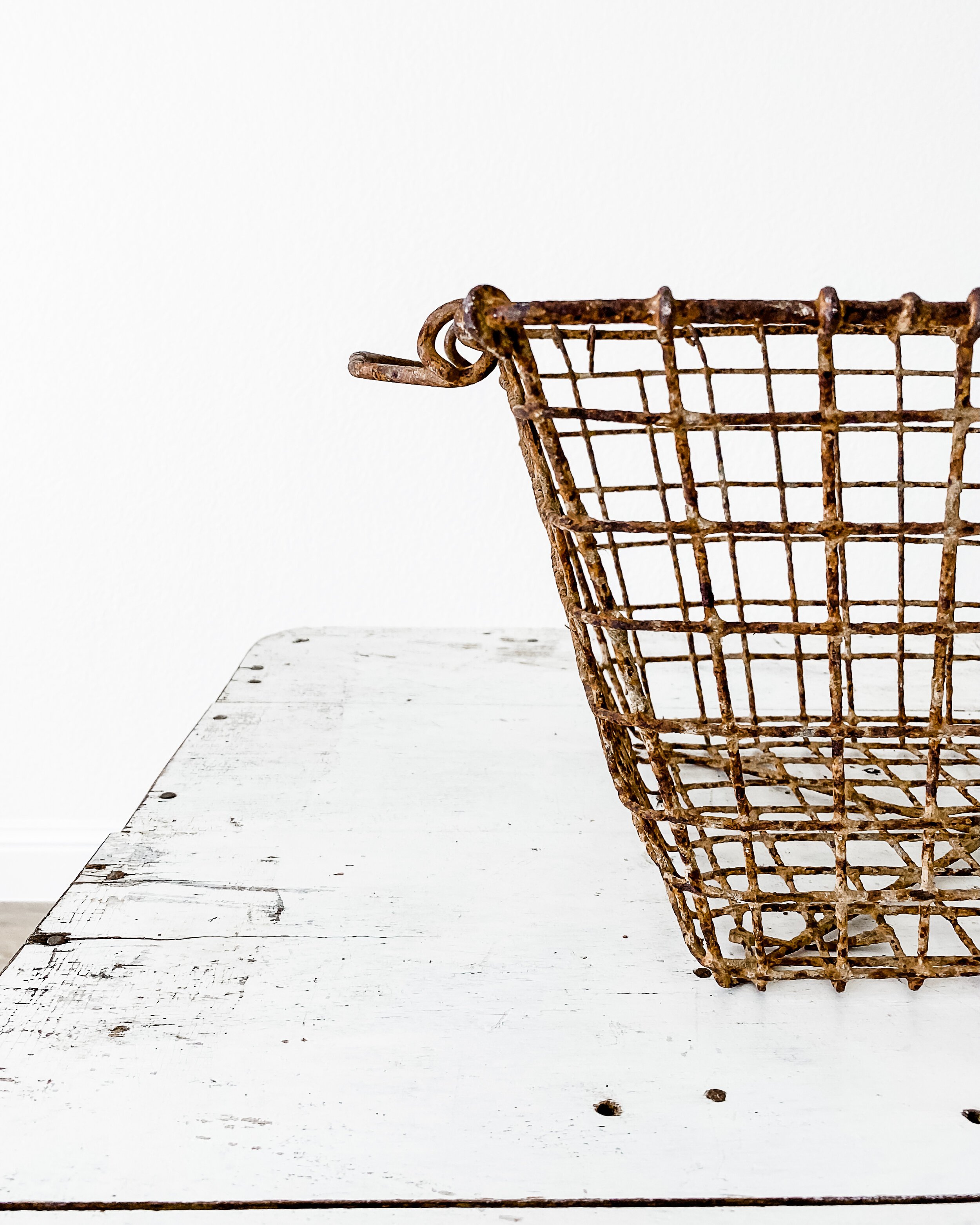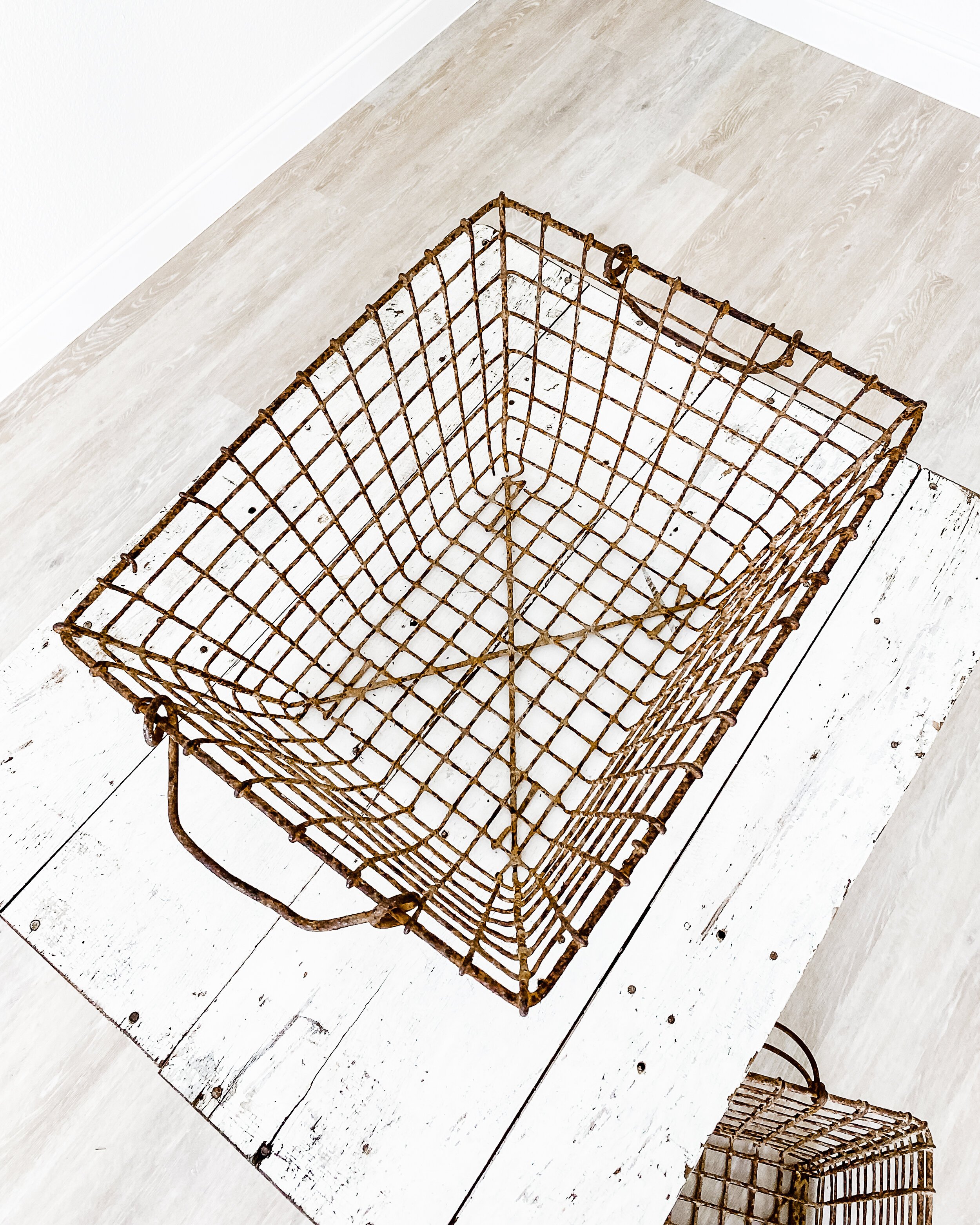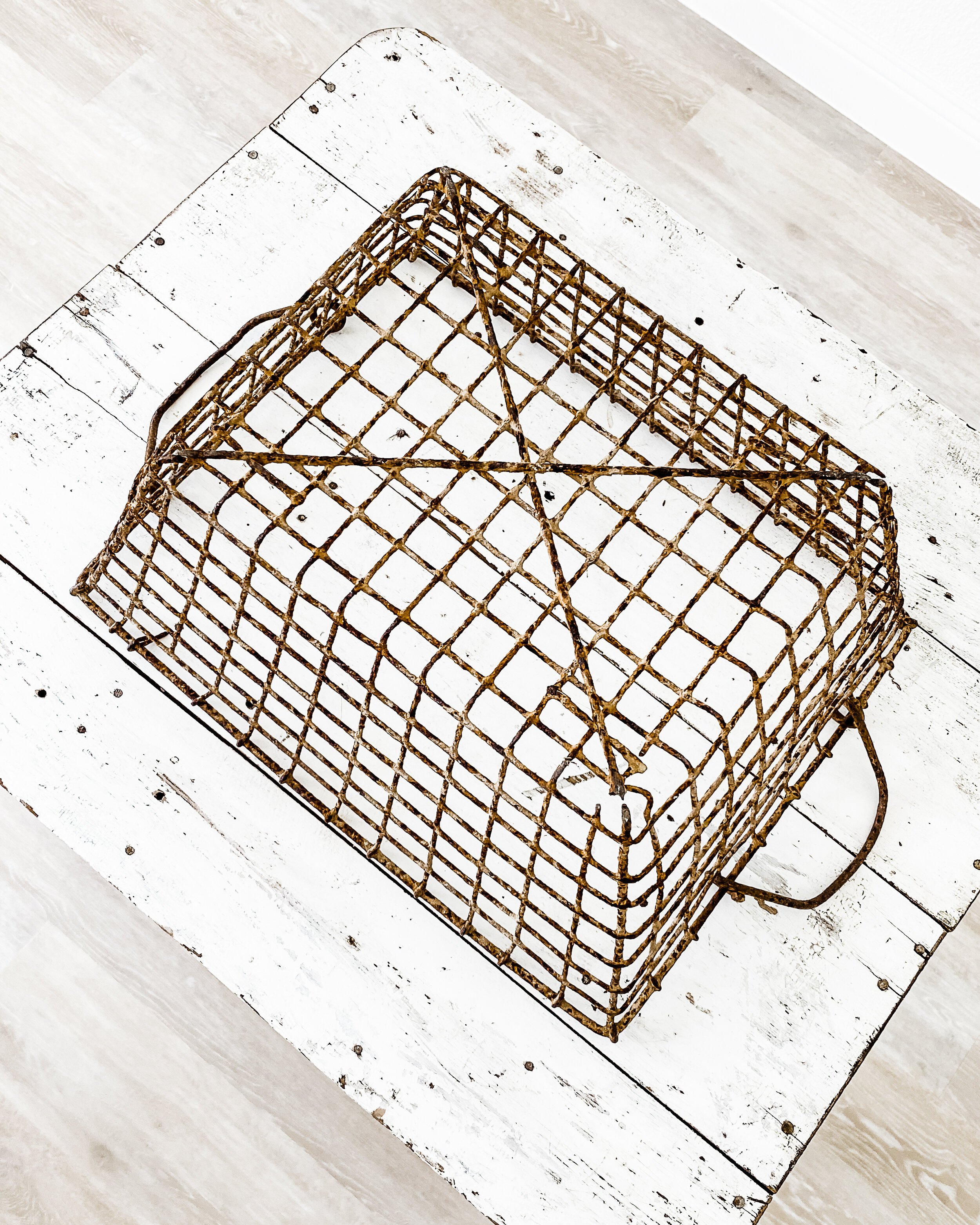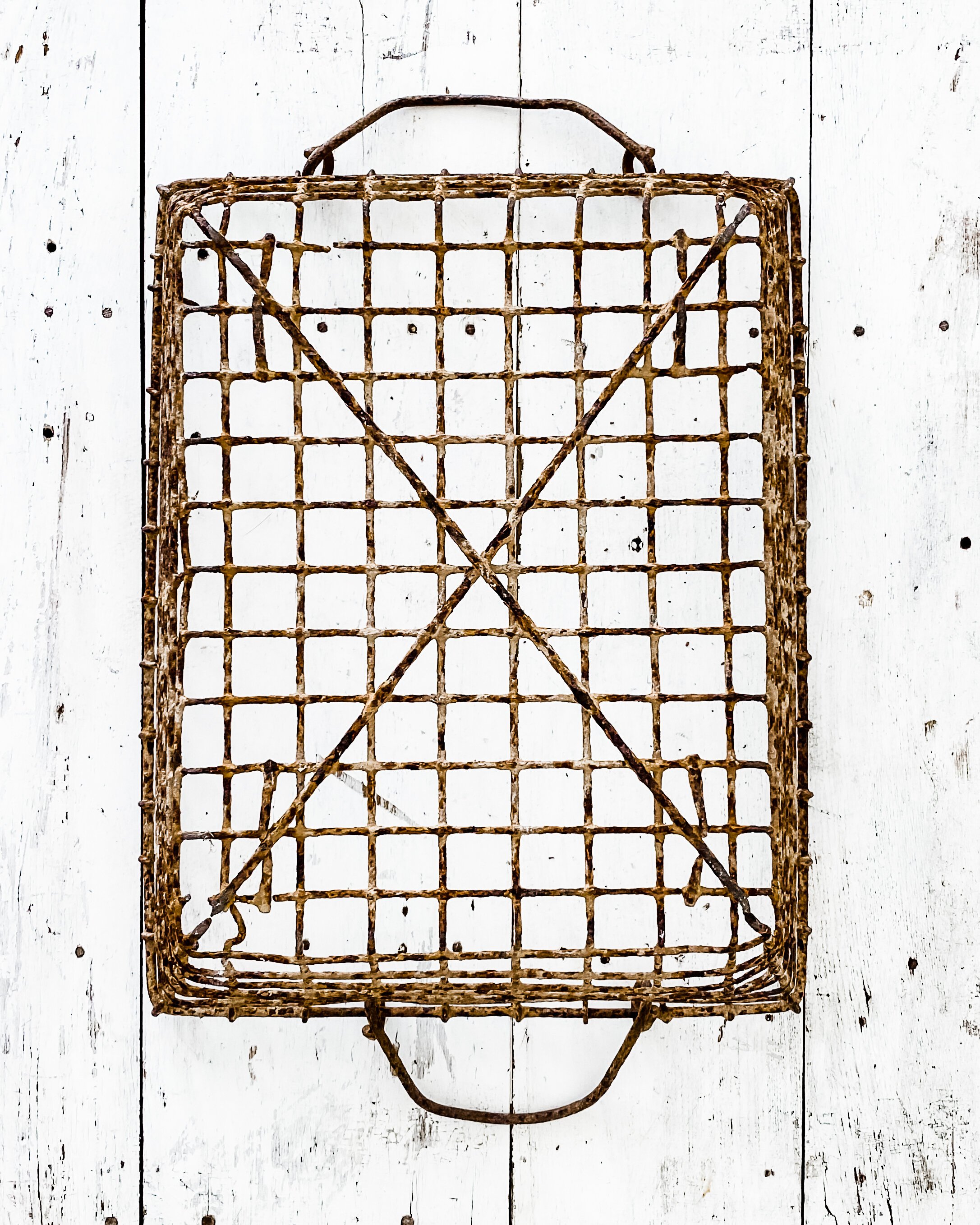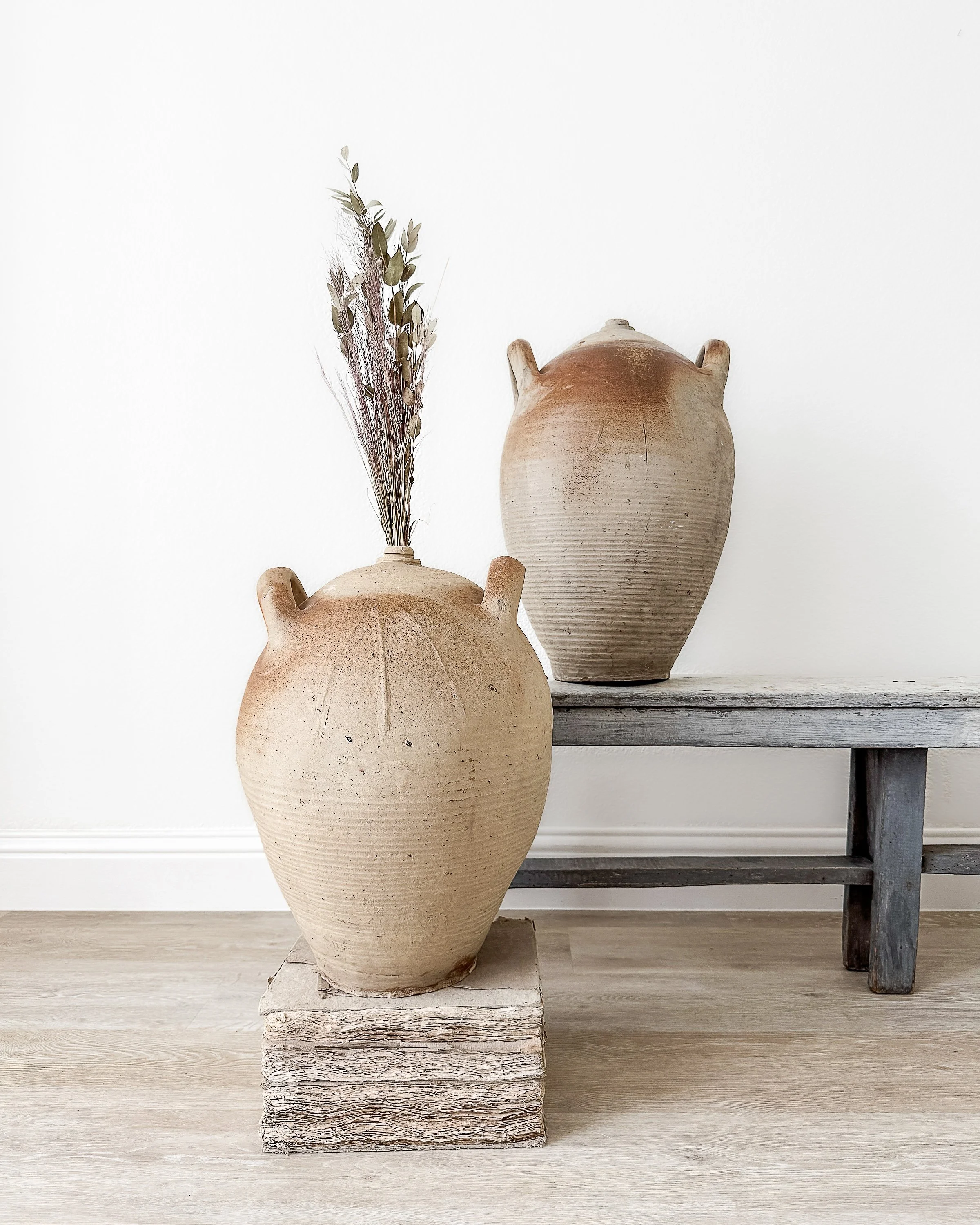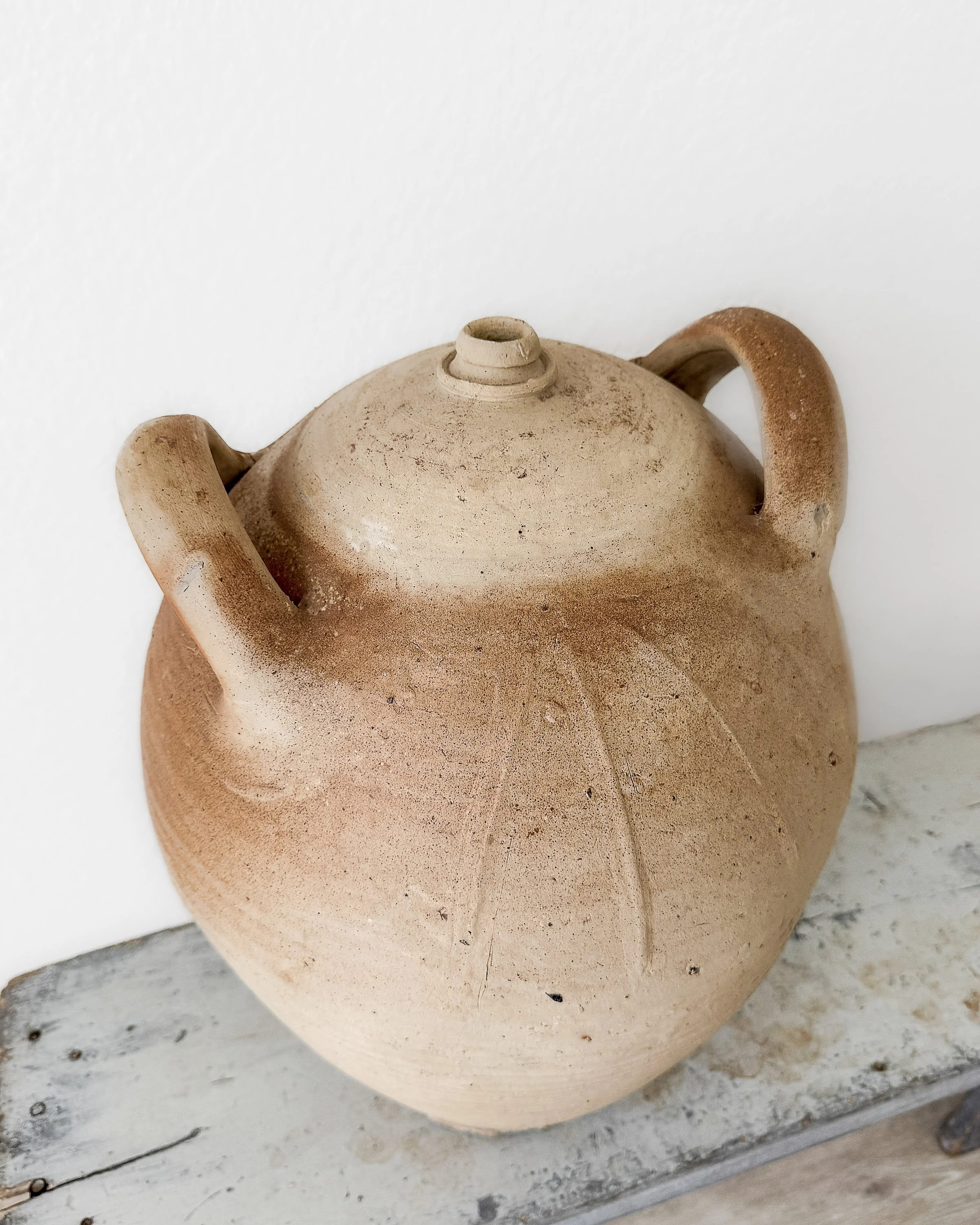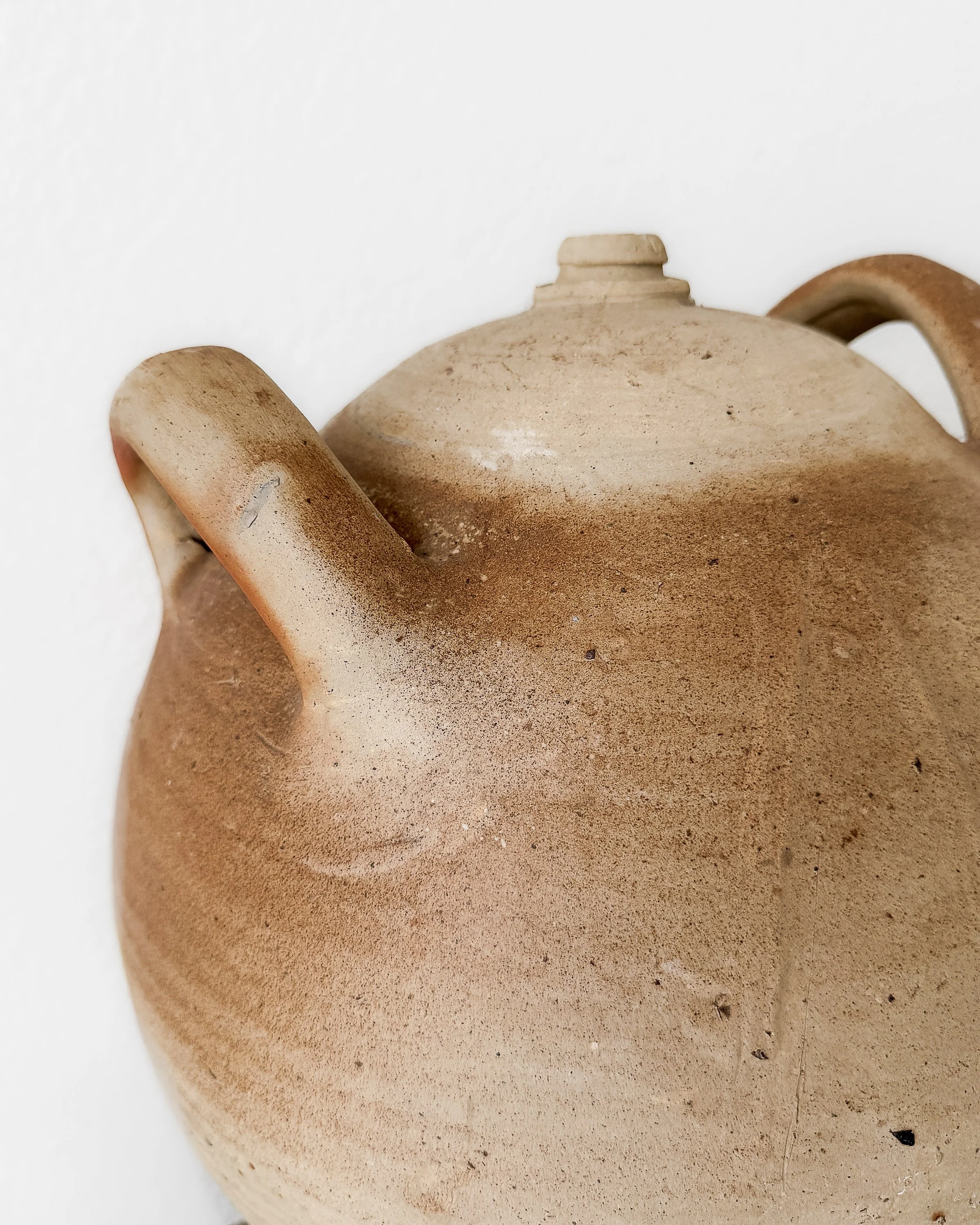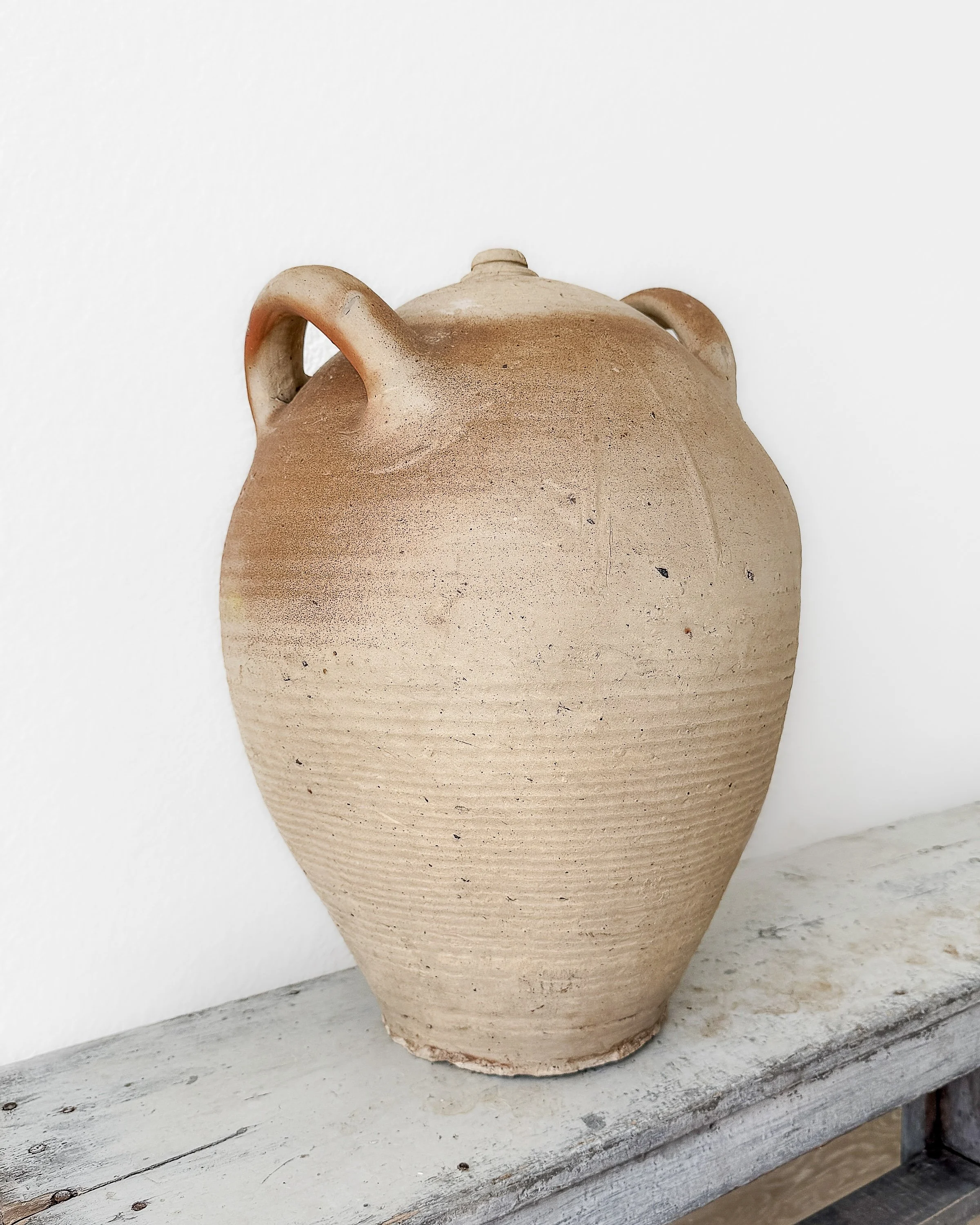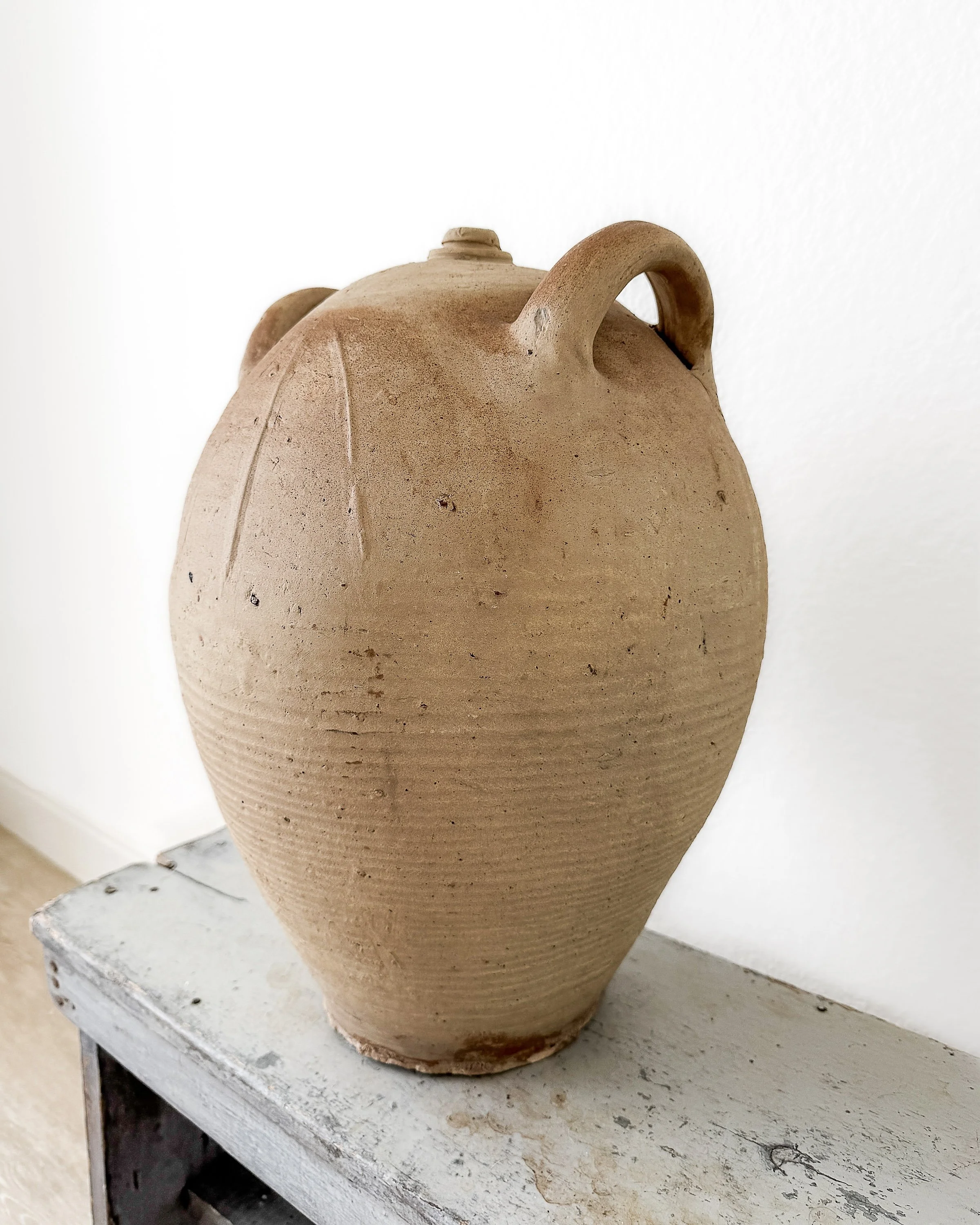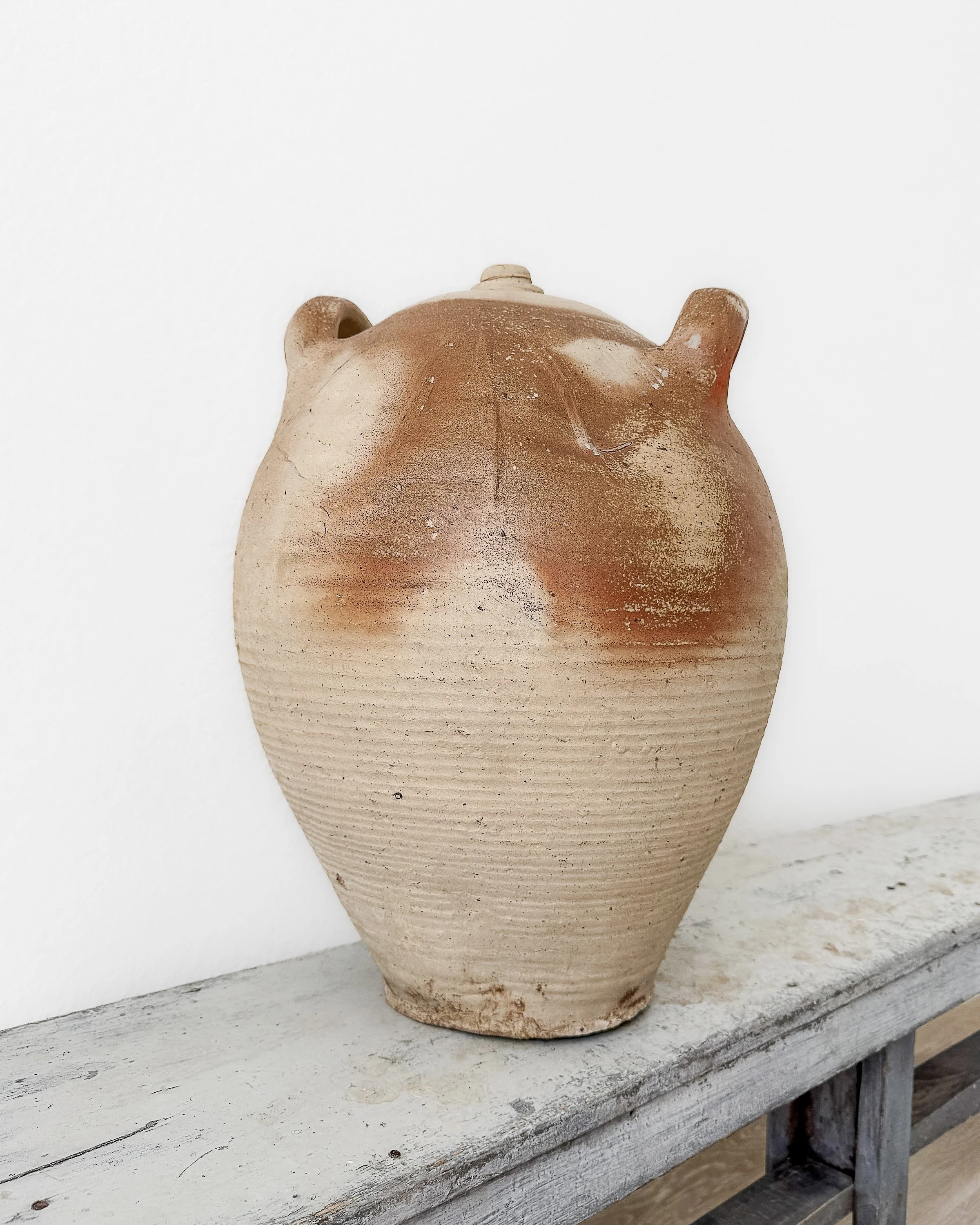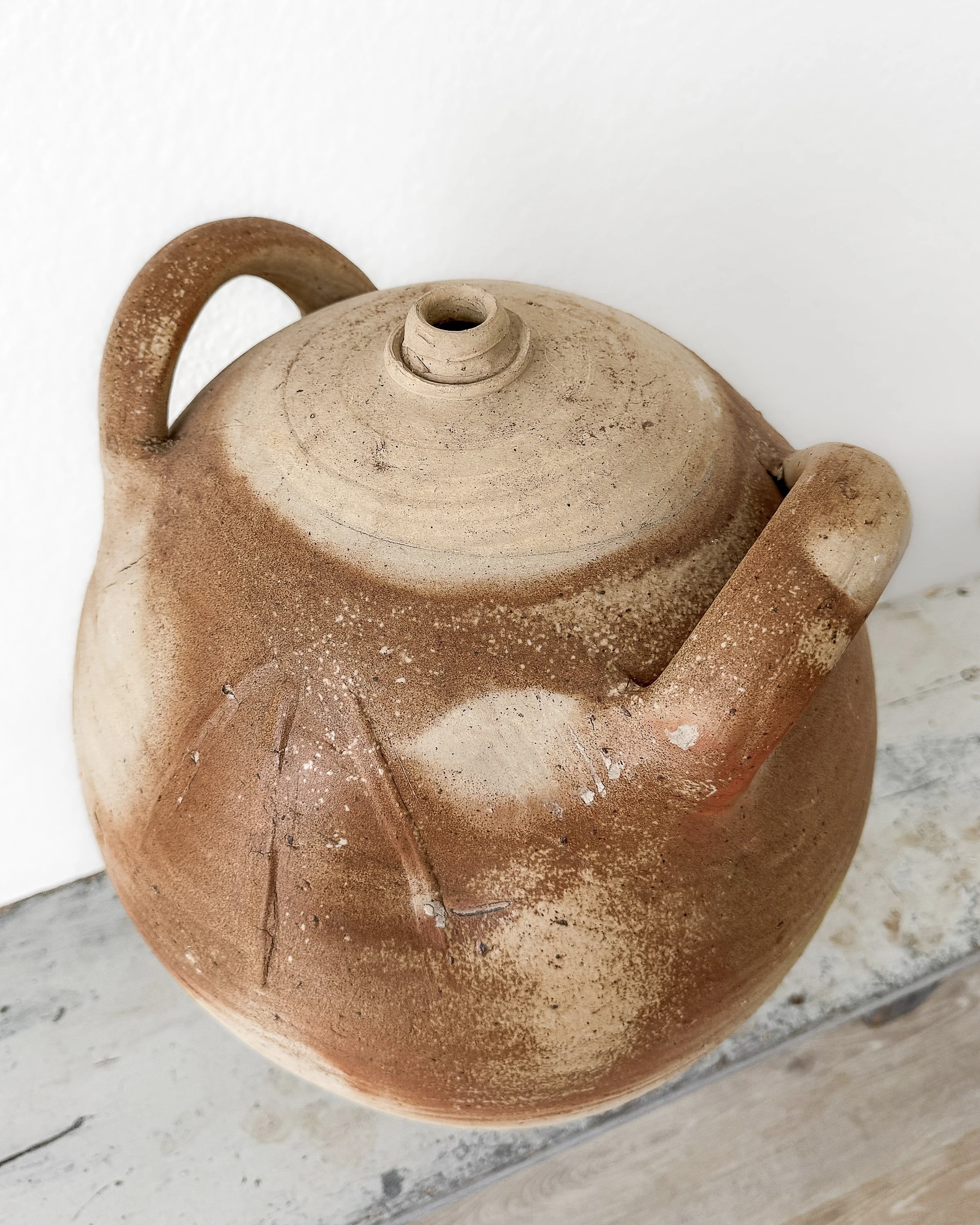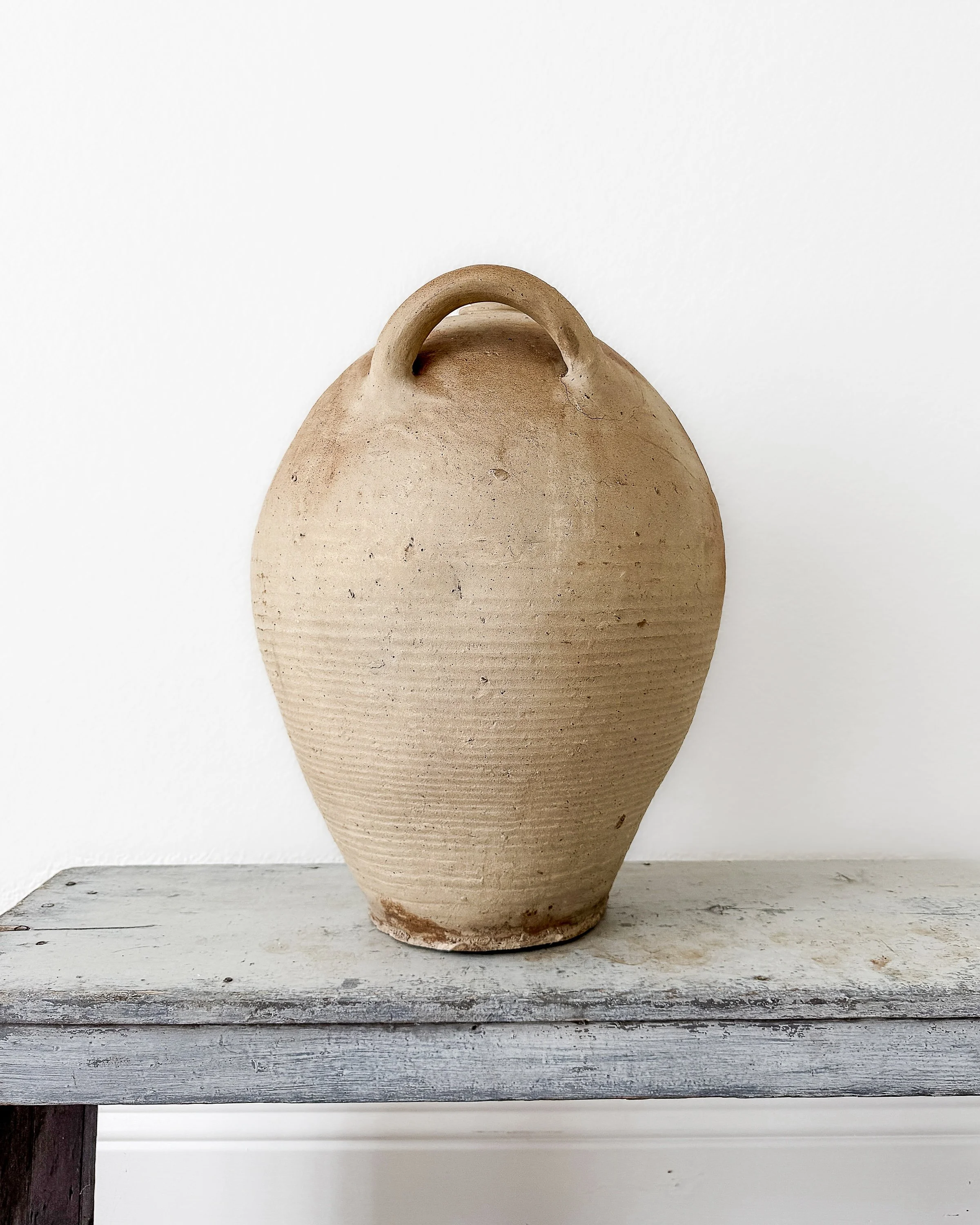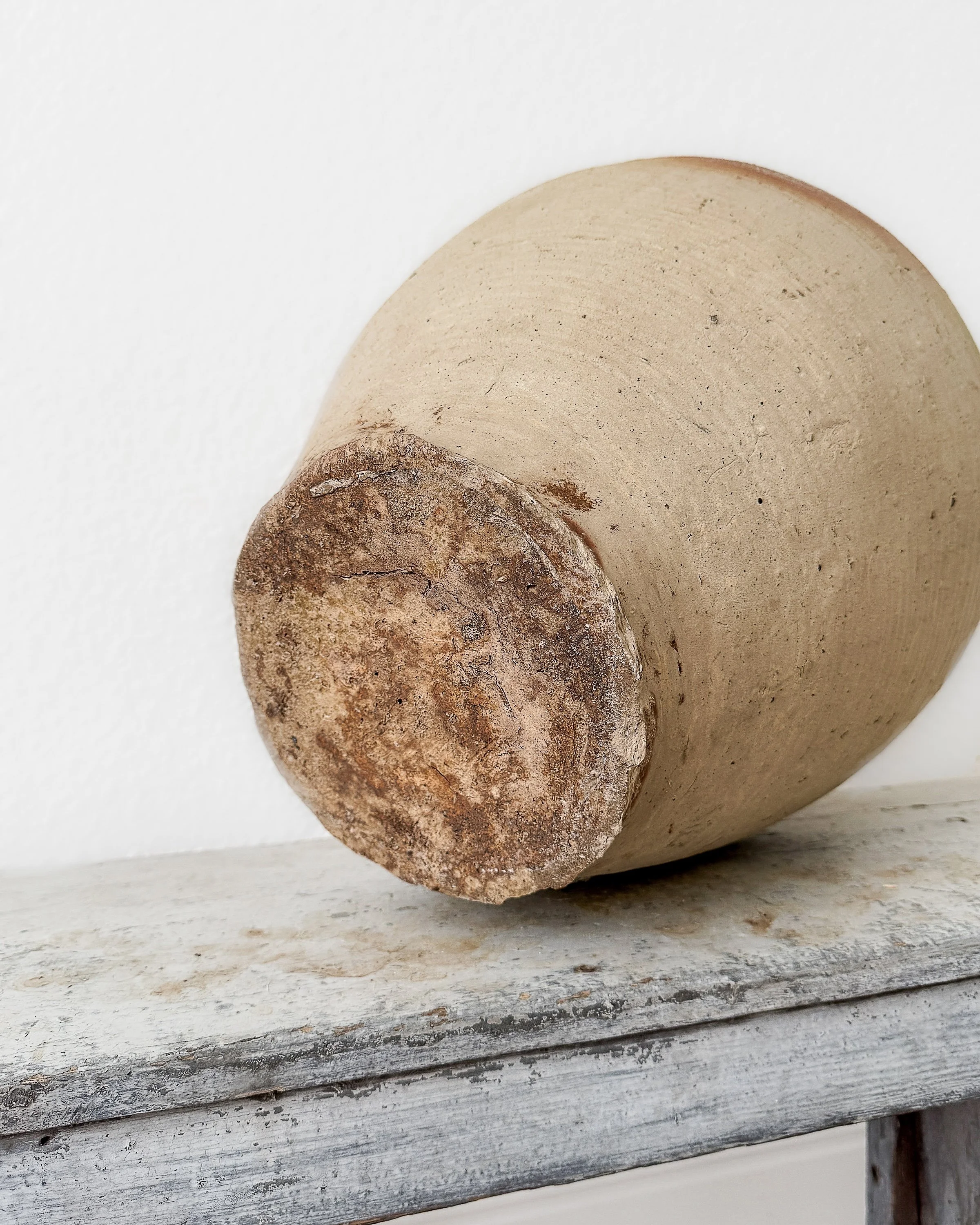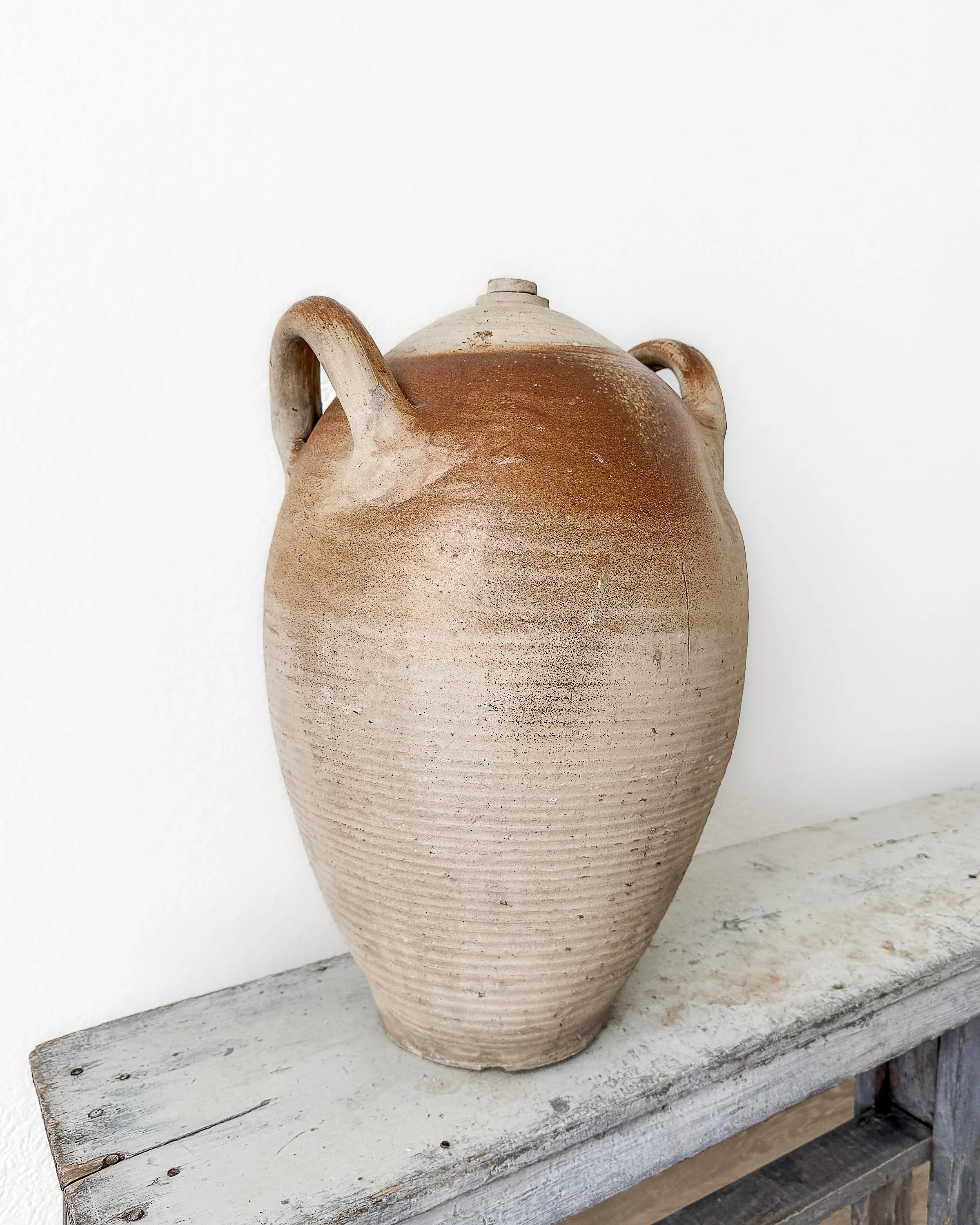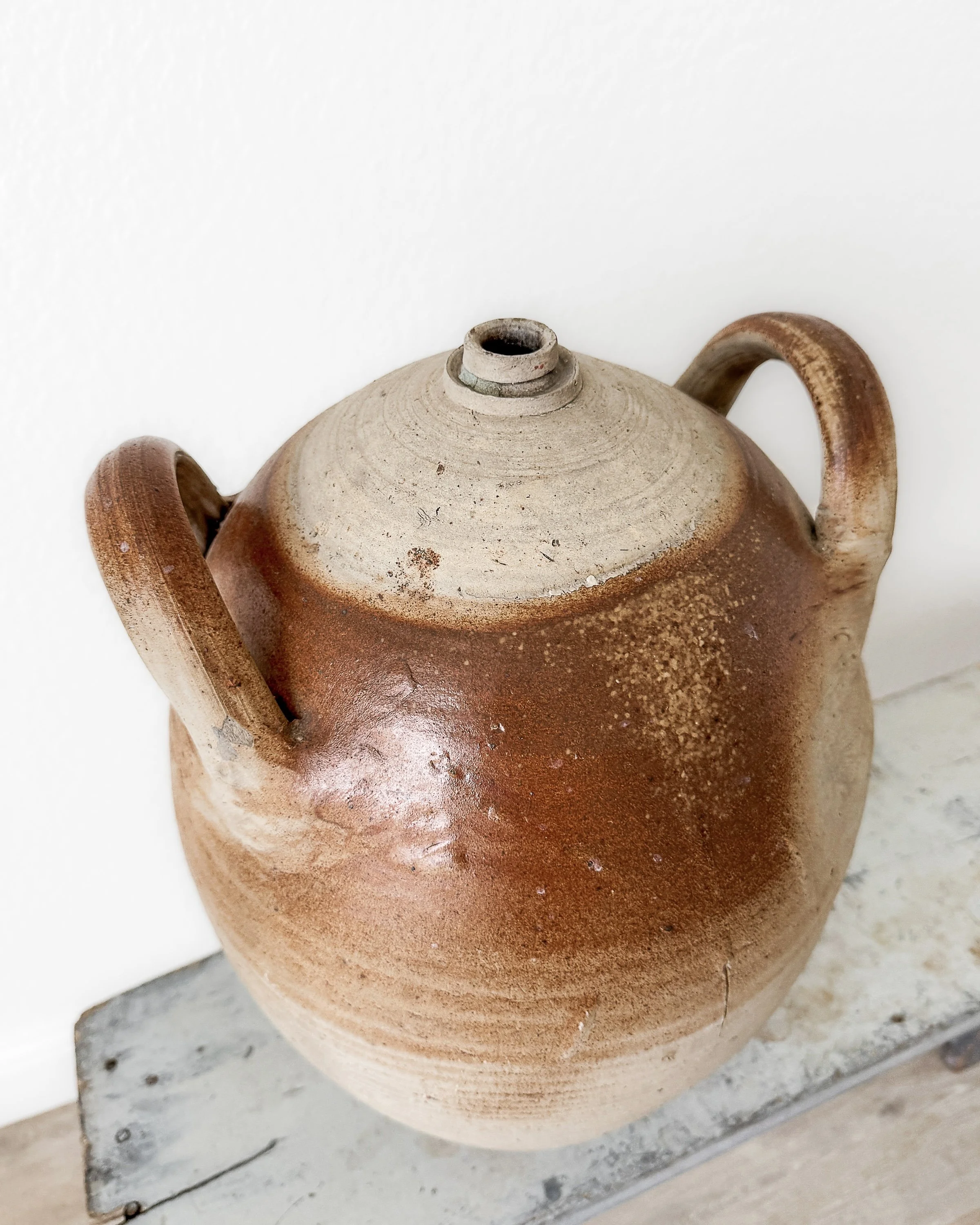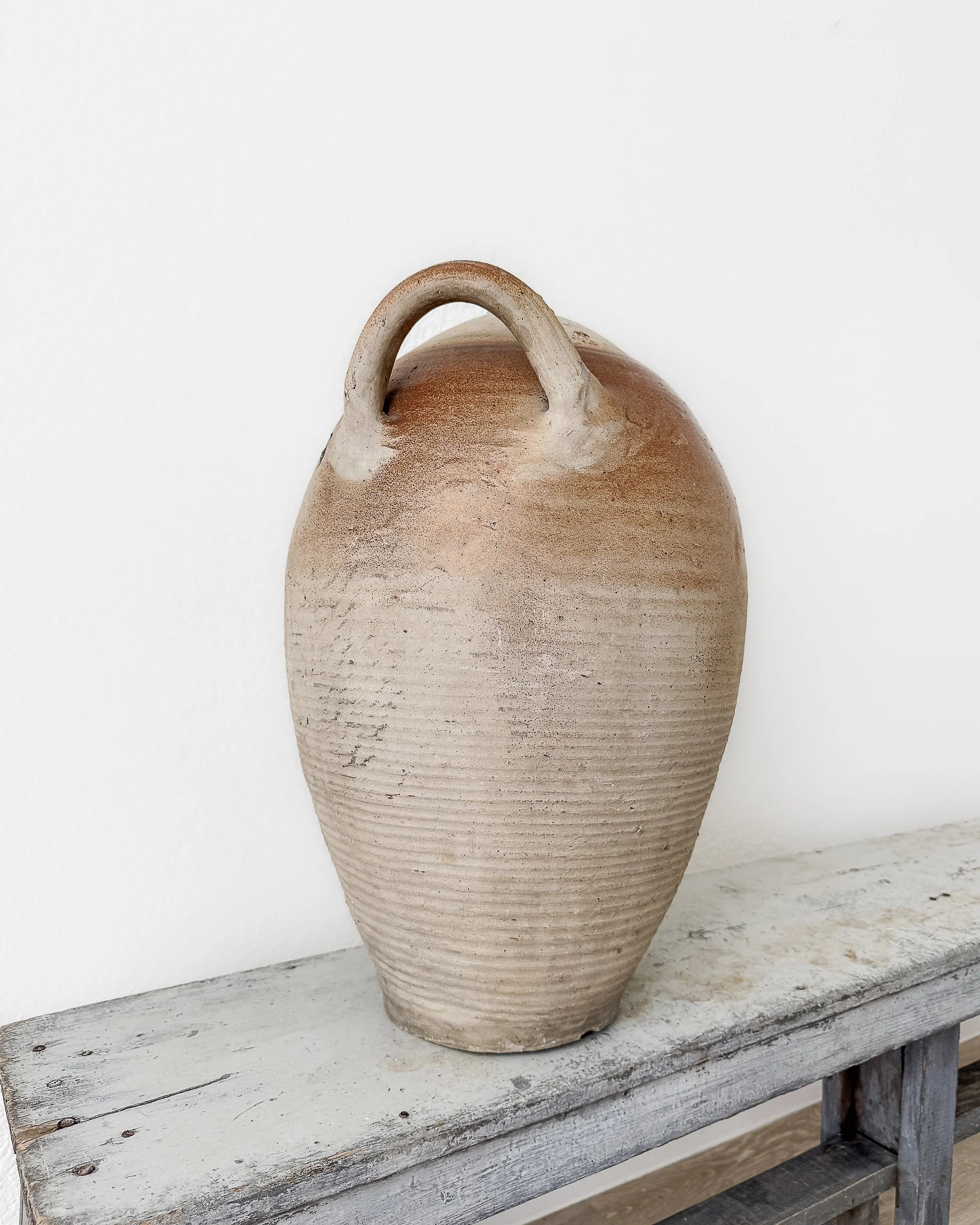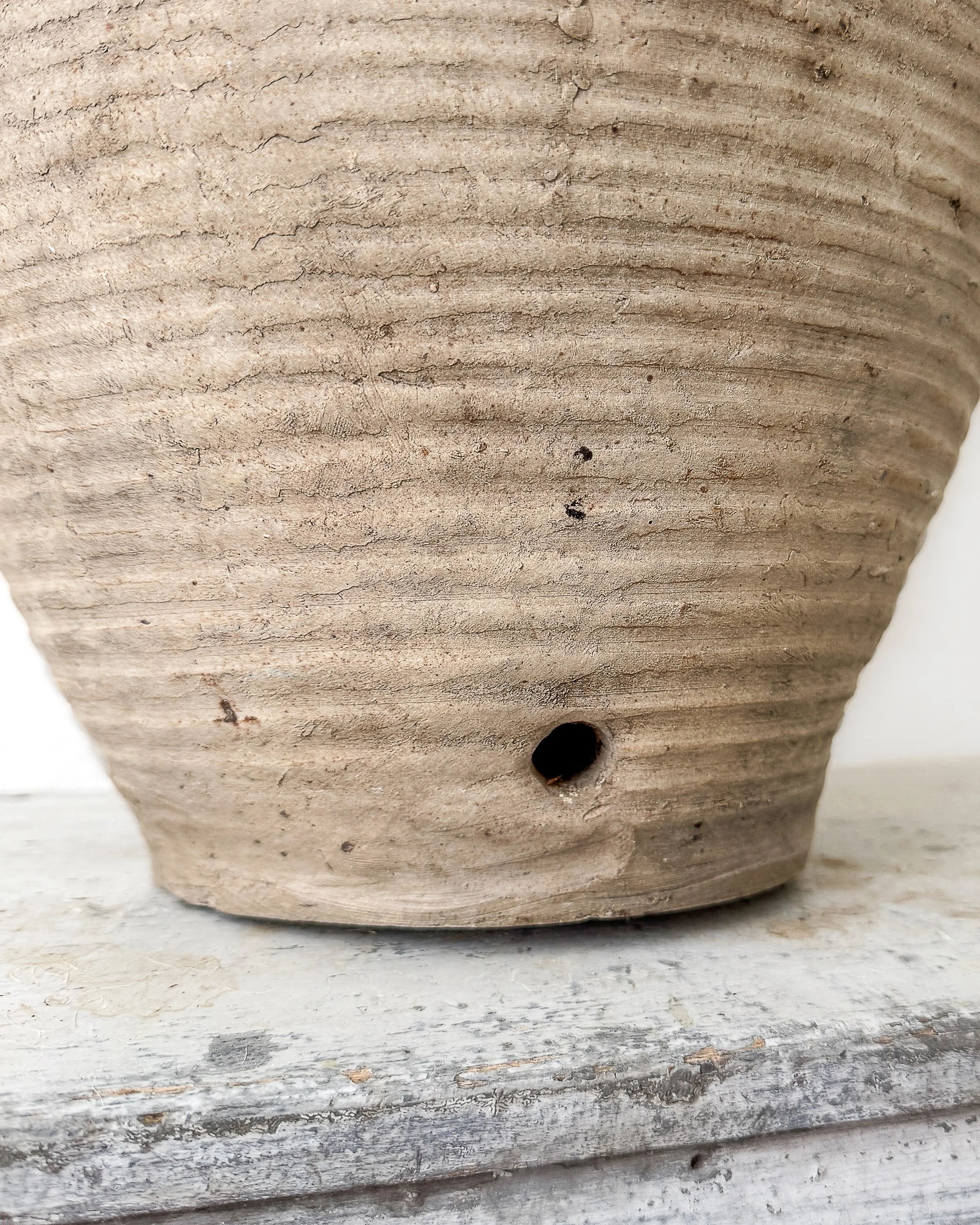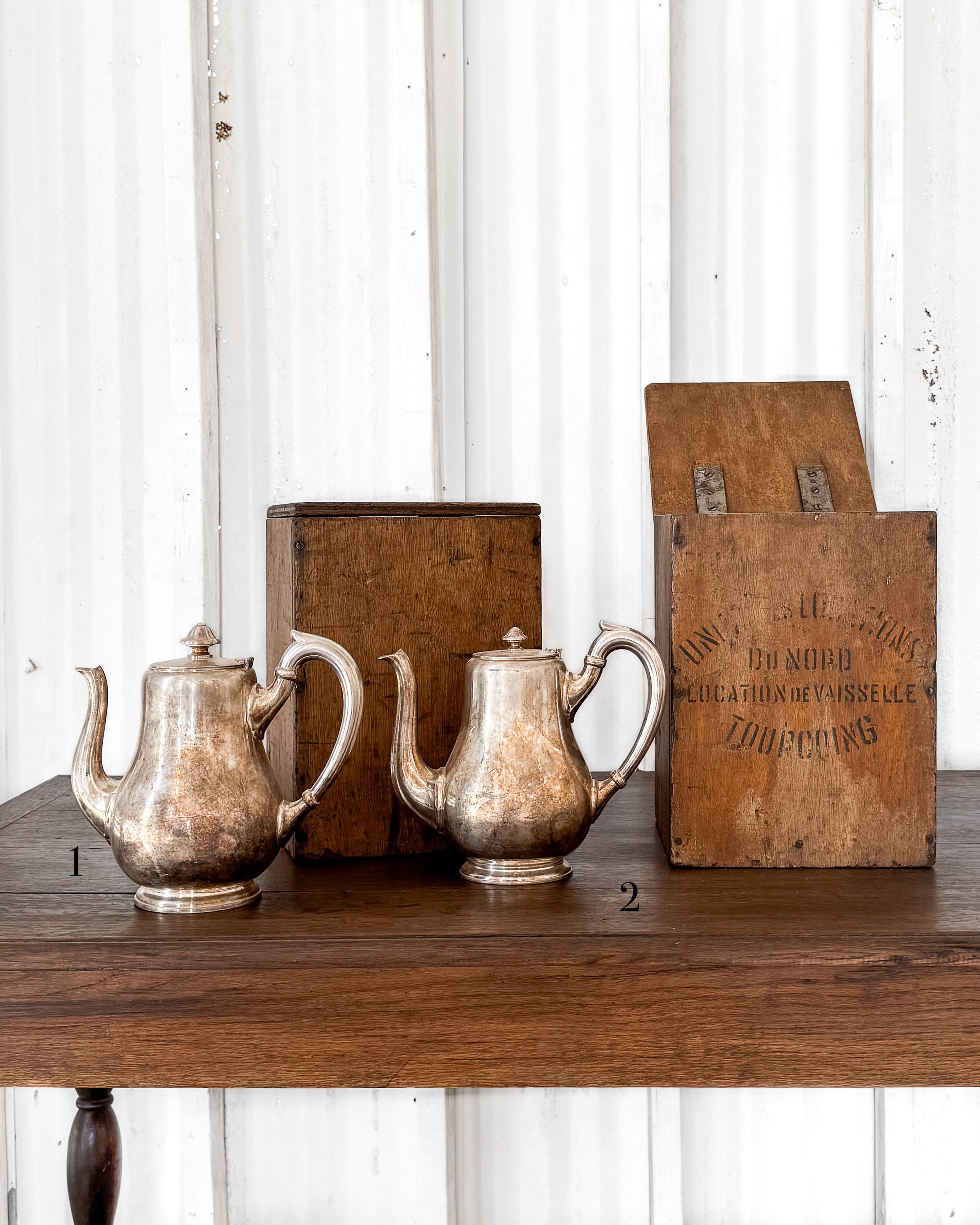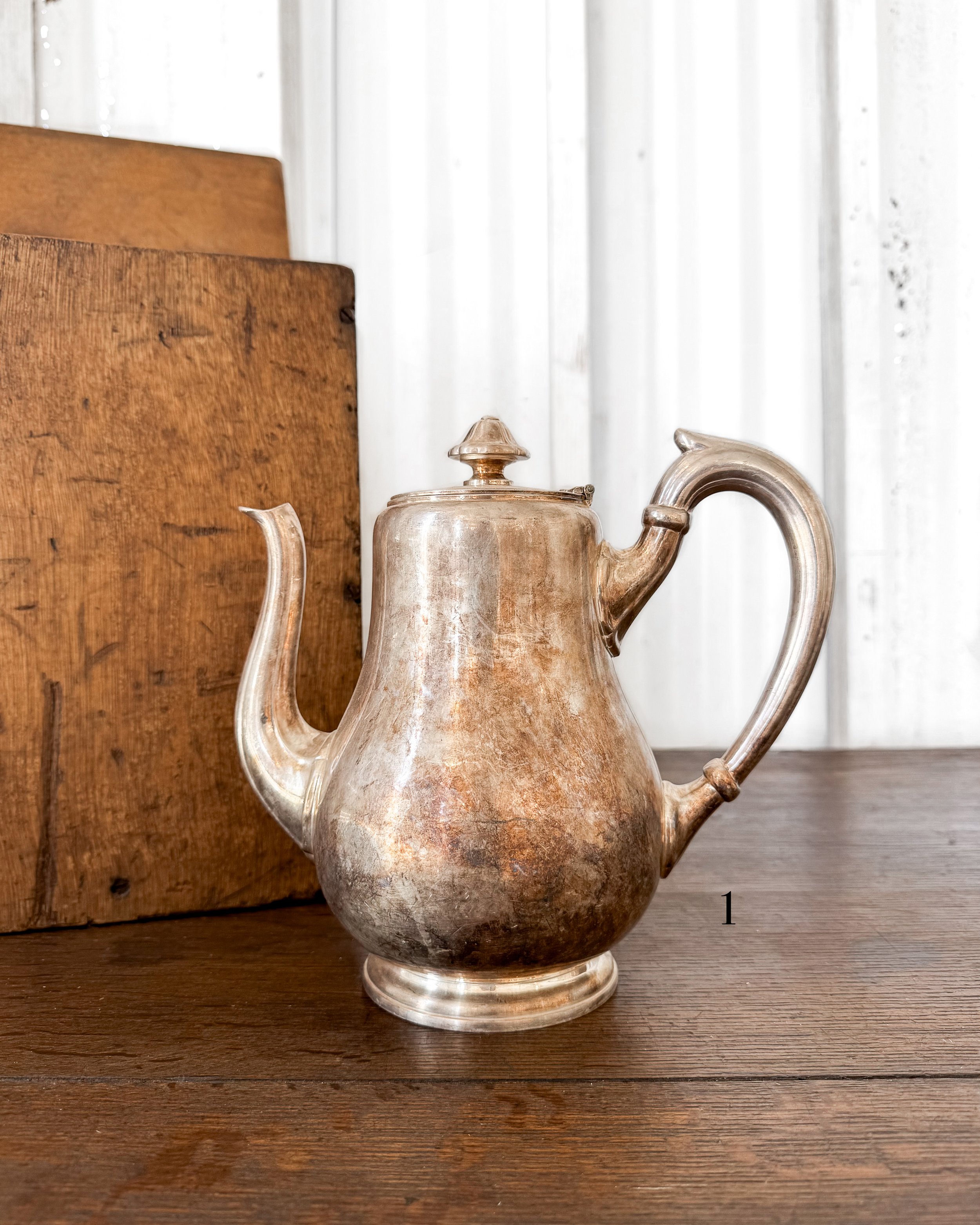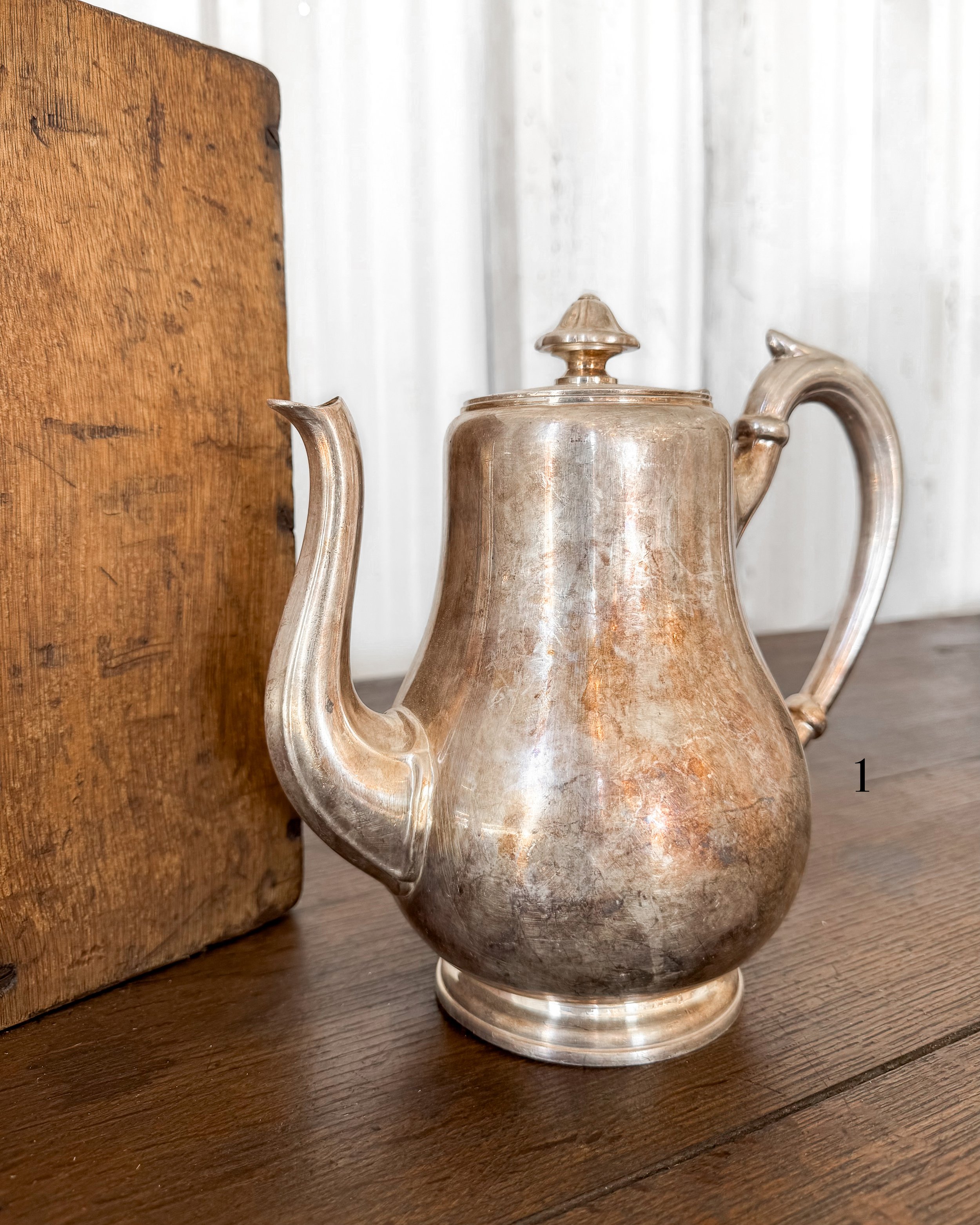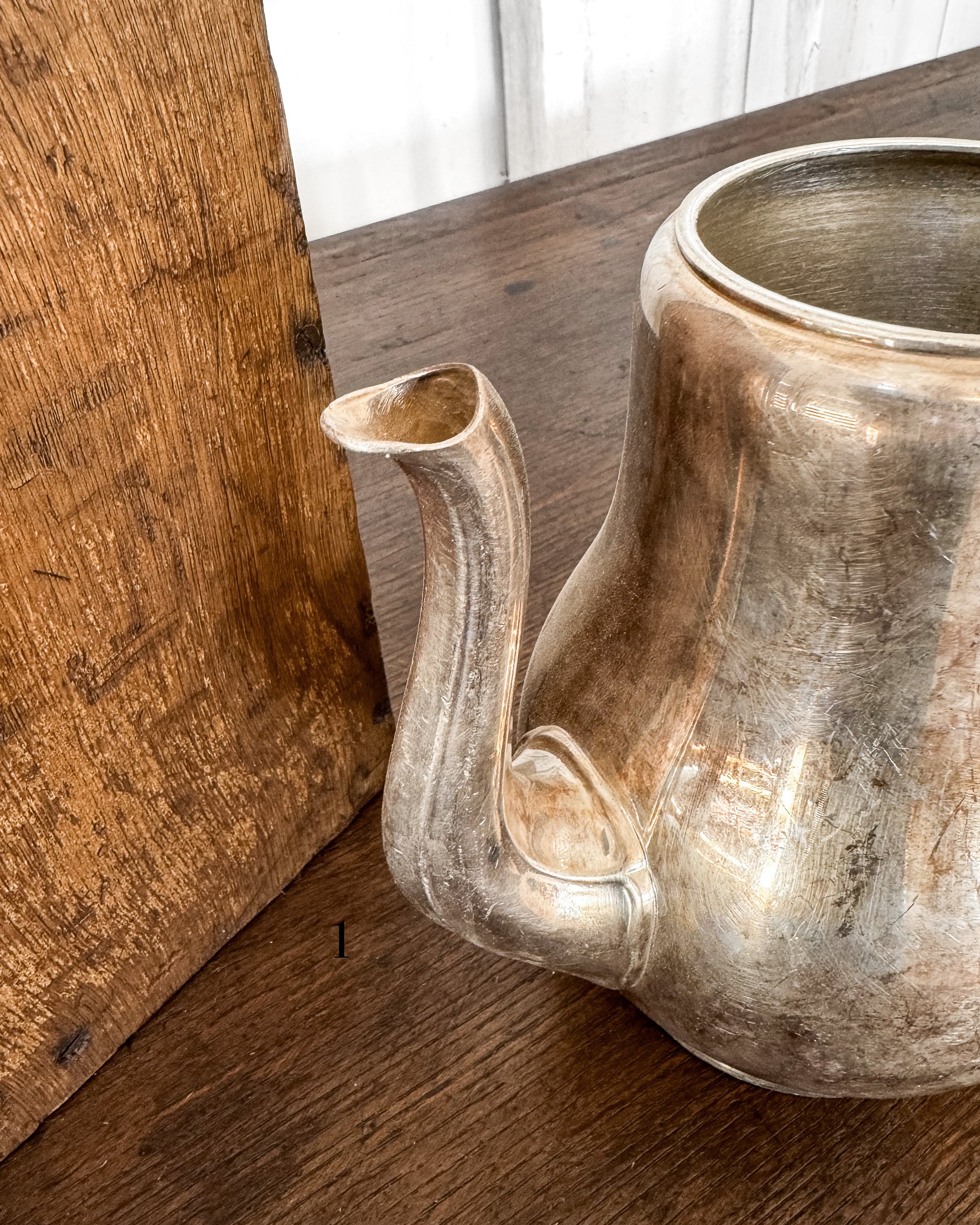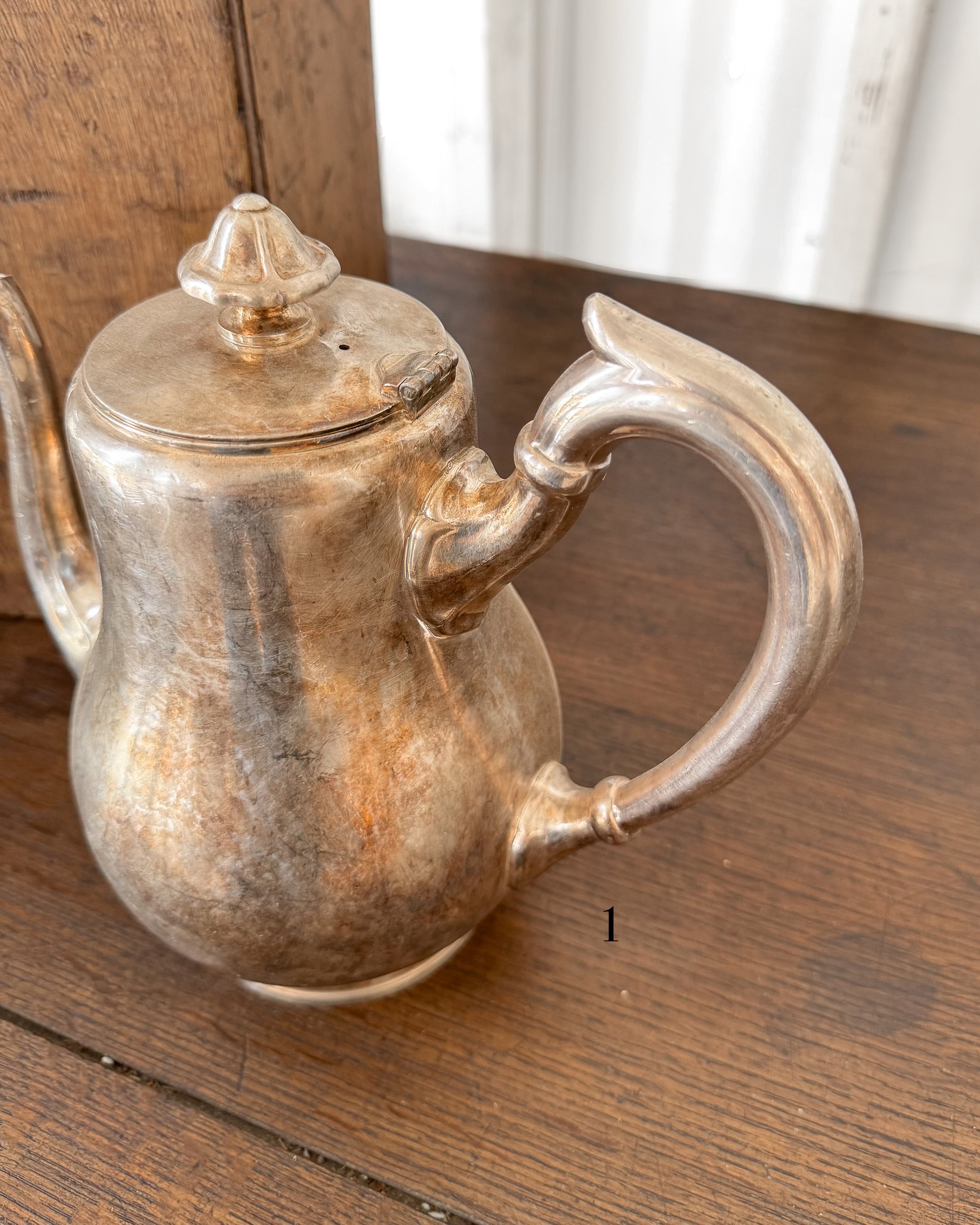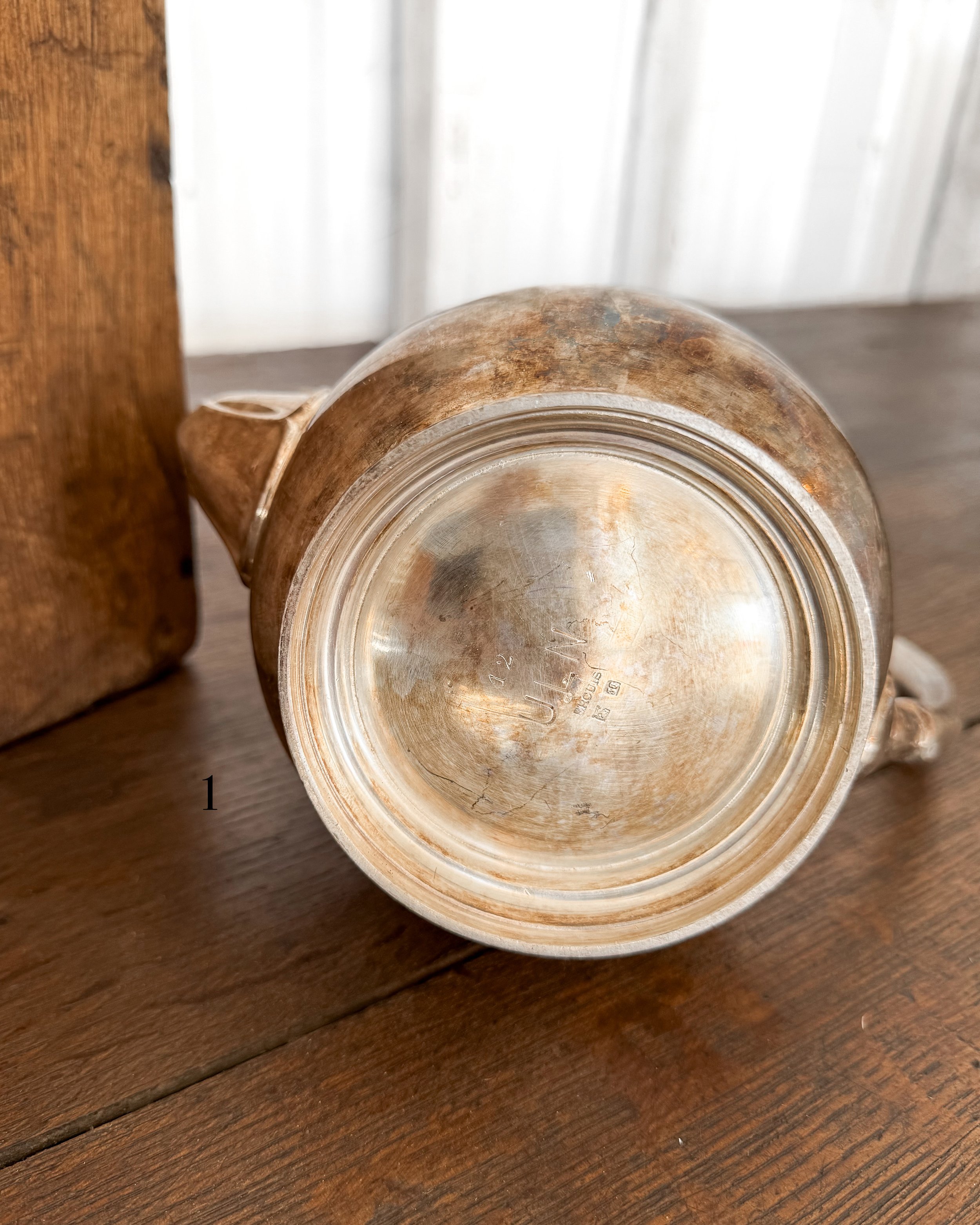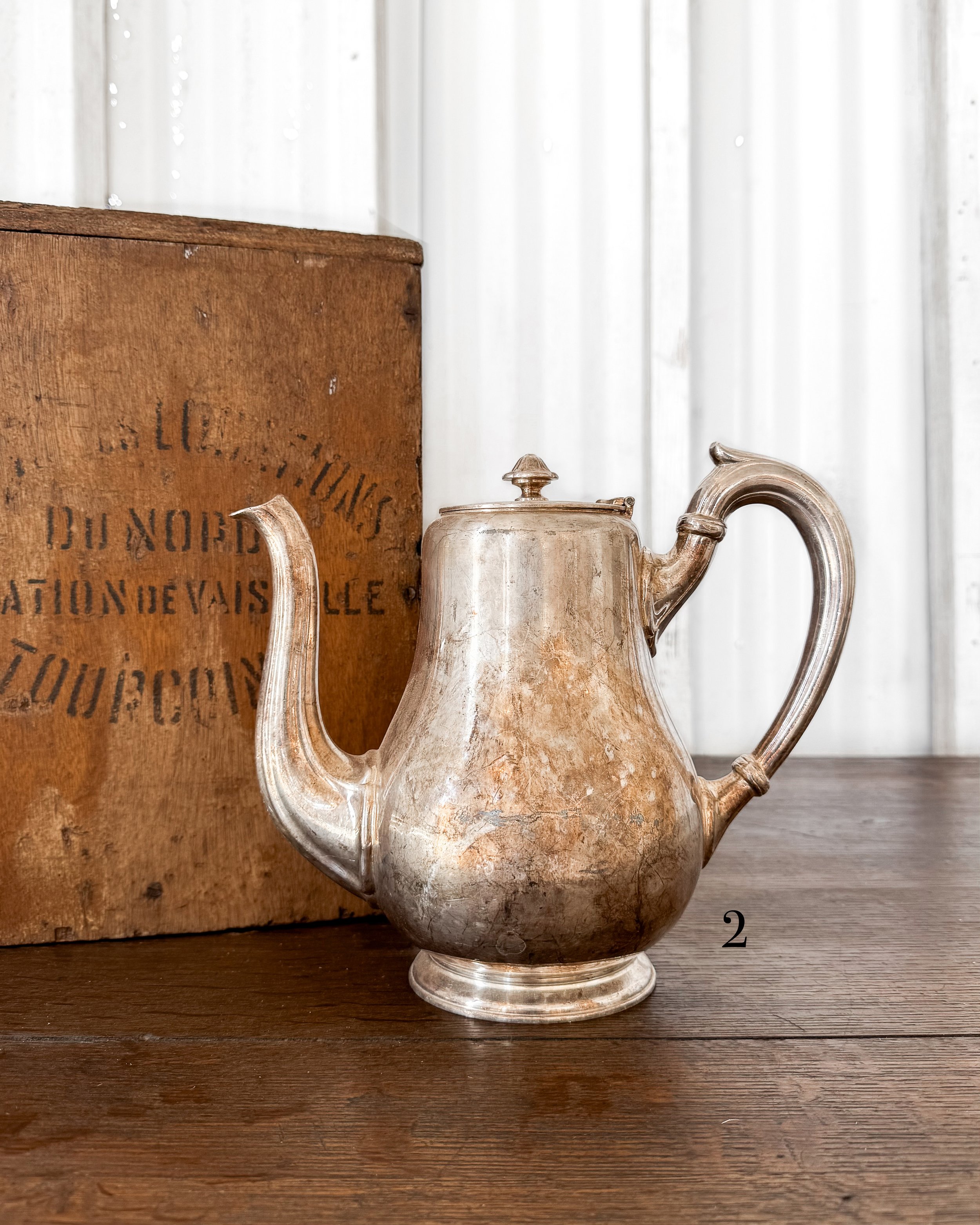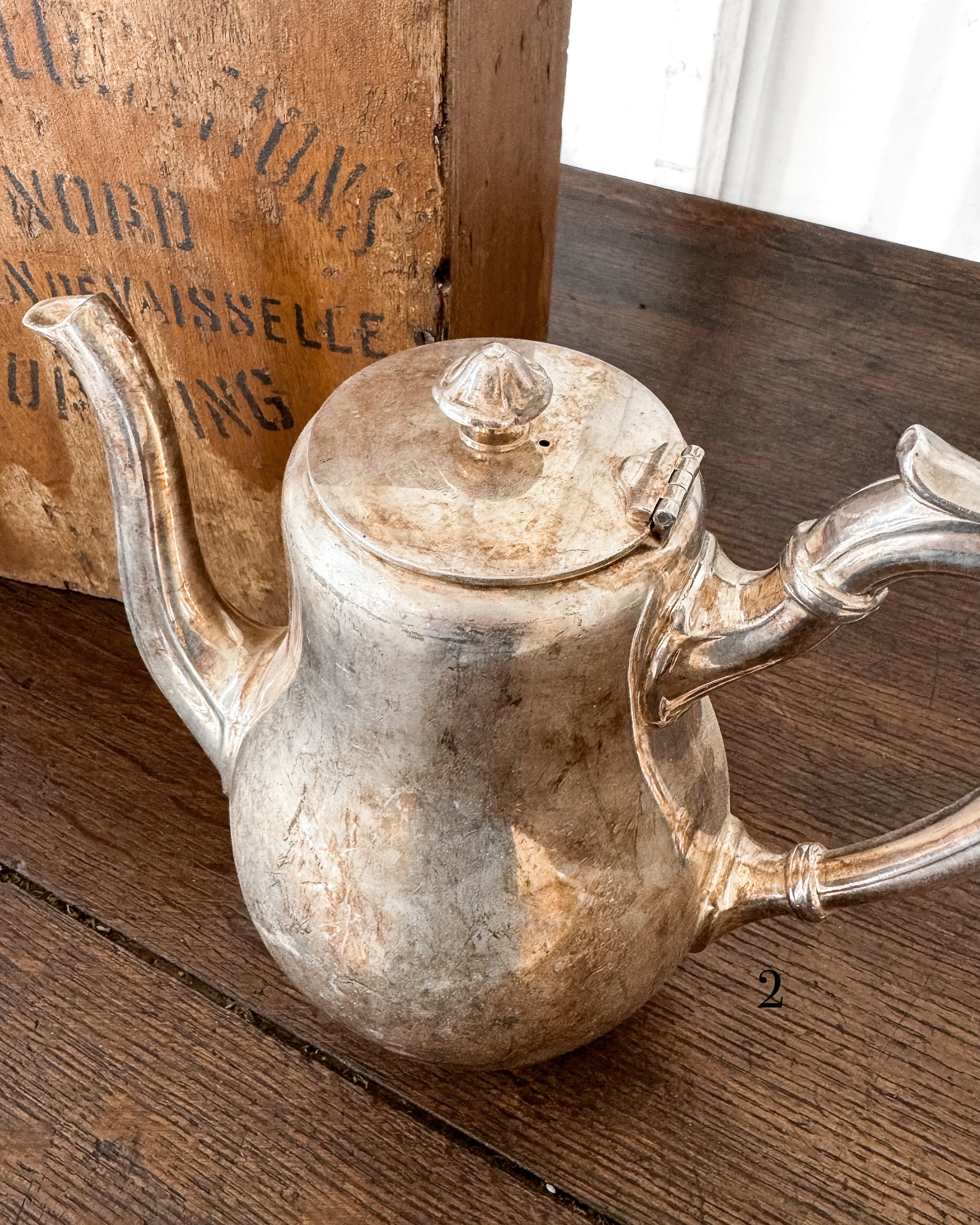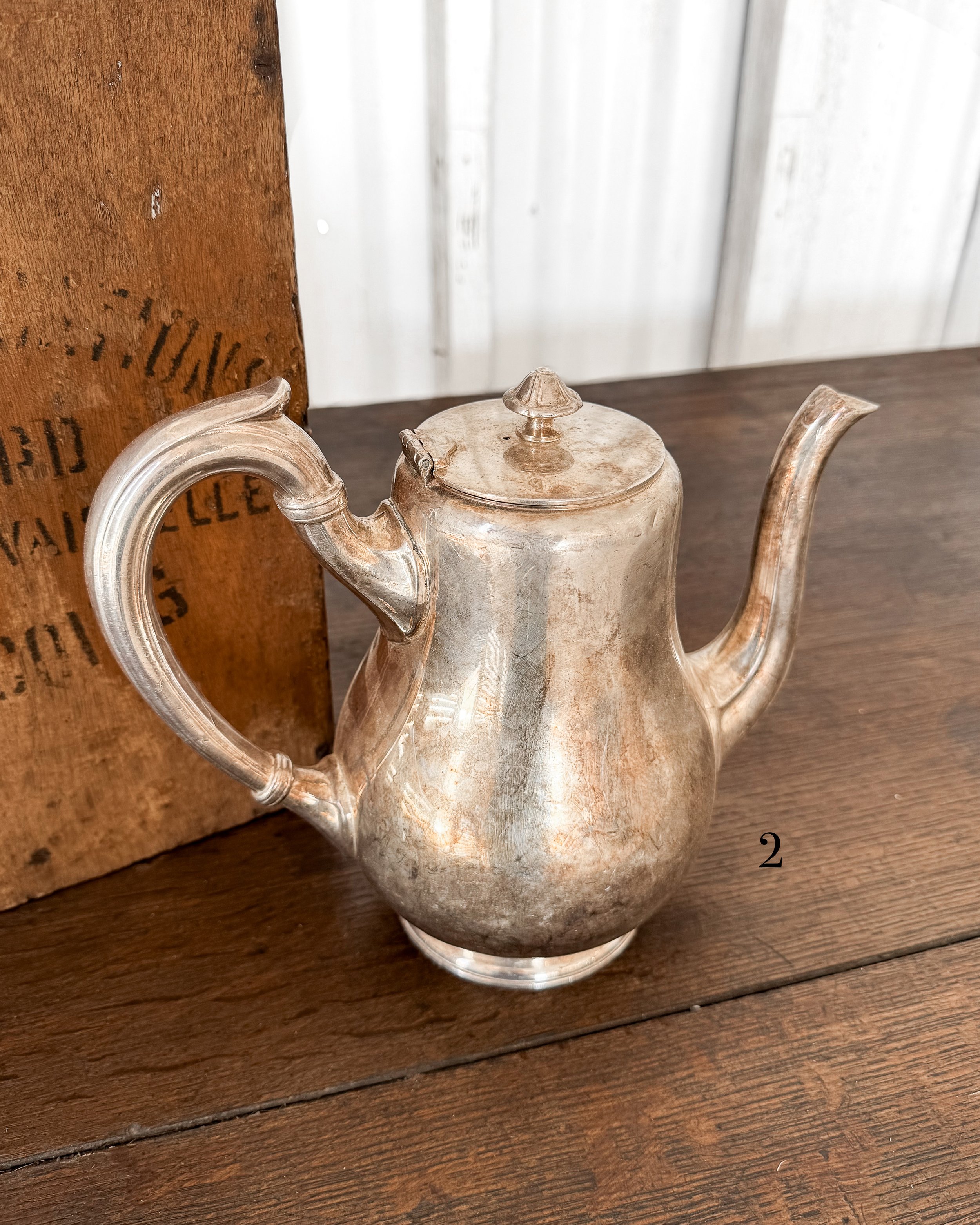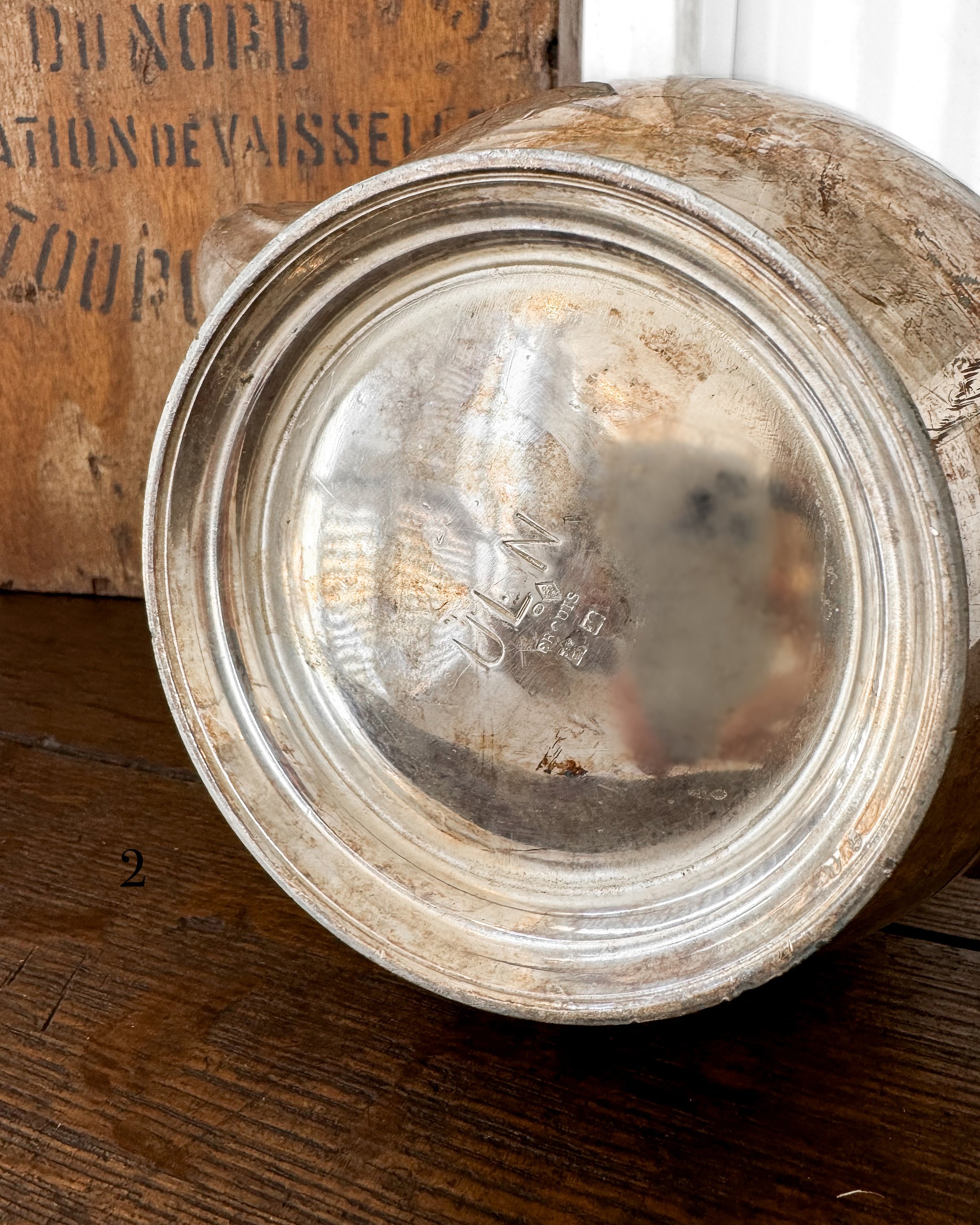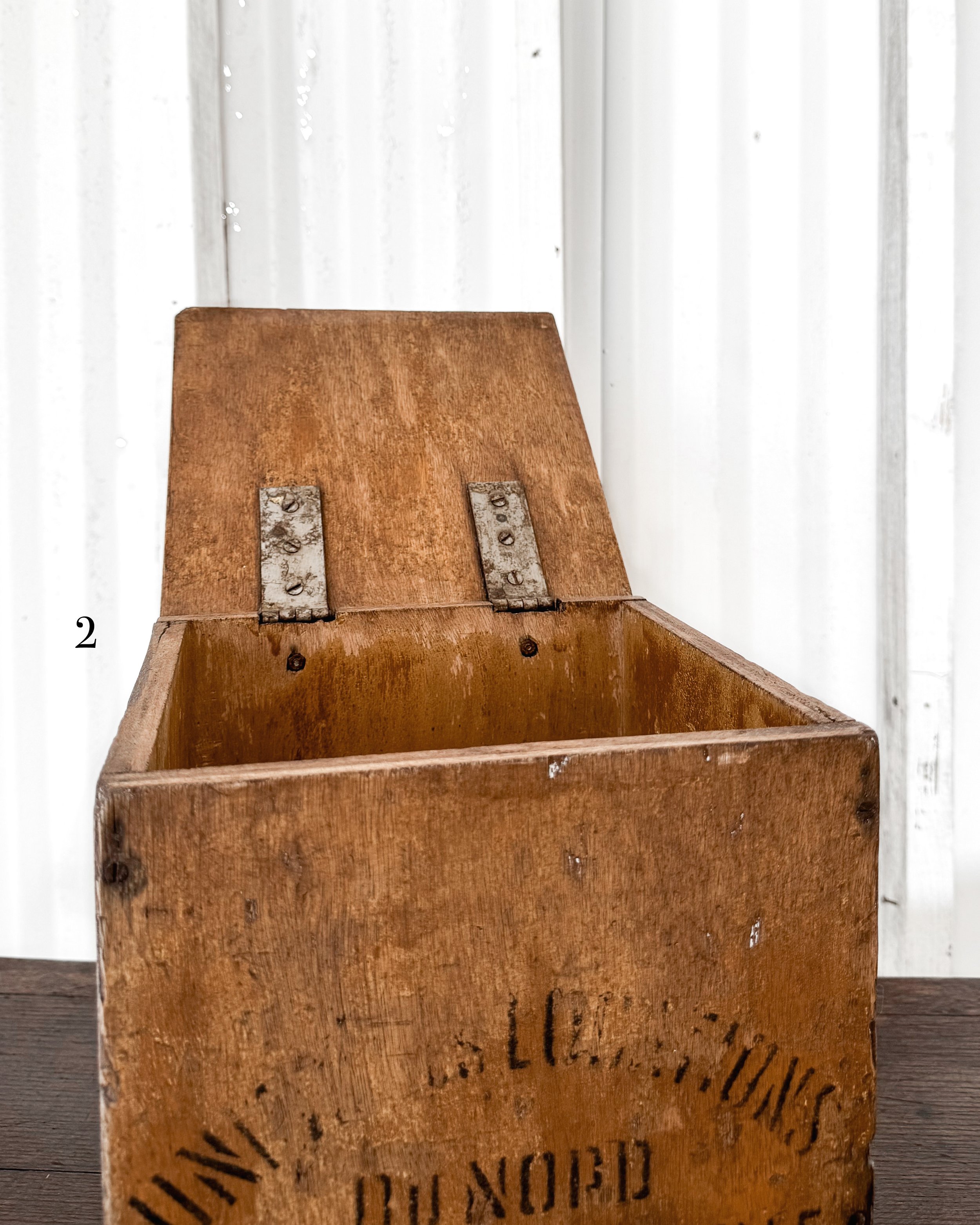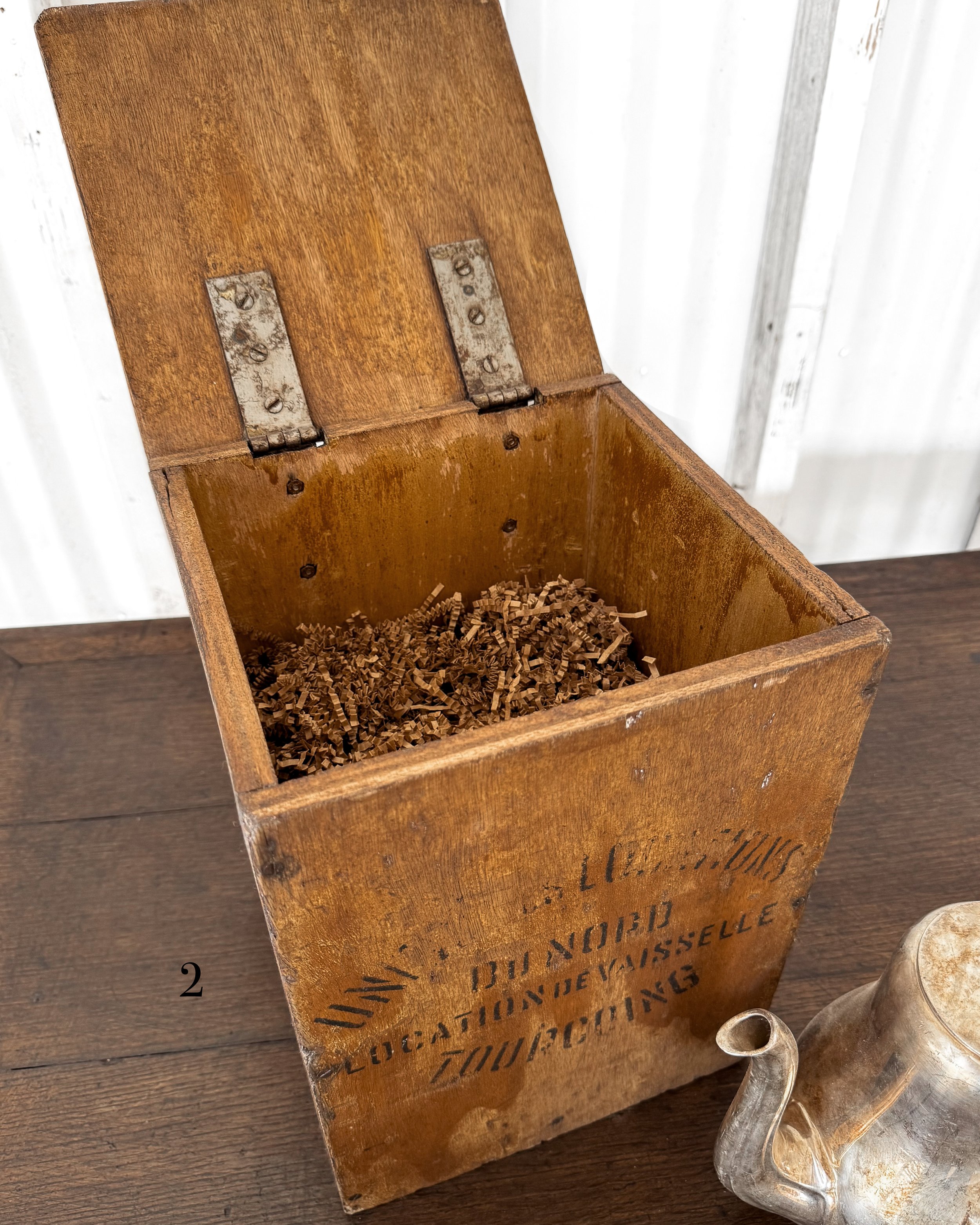 Image 1 of 26
Image 1 of 26

 Image 2 of 26
Image 2 of 26

 Image 3 of 26
Image 3 of 26

 Image 4 of 26
Image 4 of 26

 Image 5 of 26
Image 5 of 26

 Image 6 of 26
Image 6 of 26

 Image 7 of 26
Image 7 of 26

 Image 8 of 26
Image 8 of 26

 Image 9 of 26
Image 9 of 26

 Image 10 of 26
Image 10 of 26

 Image 11 of 26
Image 11 of 26

 Image 12 of 26
Image 12 of 26

 Image 13 of 26
Image 13 of 26

 Image 14 of 26
Image 14 of 26

 Image 15 of 26
Image 15 of 26

 Image 16 of 26
Image 16 of 26

 Image 17 of 26
Image 17 of 26

 Image 18 of 26
Image 18 of 26

 Image 19 of 26
Image 19 of 26

 Image 20 of 26
Image 20 of 26

 Image 21 of 26
Image 21 of 26

 Image 22 of 26
Image 22 of 26

 Image 23 of 26
Image 23 of 26

 Image 24 of 26
Image 24 of 26

 Image 25 of 26
Image 25 of 26

 Image 26 of 26
Image 26 of 26



























18th-Century Gustavian Wooden Horse on Wheels
Carved from a single log, this 18th-century Swedish wooden horse is a rare surviving example of early Scandinavian craftsmanship.
Featuring hand-pegged joinery and a primitive, sculptural form, it retains traces of its original gesso and paint, now softened by centuries of wear. The mane and tail, made from original horsehair, add to its authenticity, while the simple iron rings at the mouth suggest it was once outfitted with a bridle.
Set on wooden wheels with pegged axles, this horse was likely intended as a child’s pull toy or a decorative piece. Its aged surface, deep tool marks, and early construction techniques indicate a circa 1750–1800 origin, a time when handcraftsmanship defined even the simplest playthings.
Whether displayed as a sculptural artifact or admired for its historical significance, this early Swedish horse stands as a testament to the enduring artistry of rural toymaking.
Found in Sweden, circa the mid-18th century
The body of the horse is hand-carved from a single log with appendages attached using hand-forged nails.
The horse is well-loved, showing areas of wear
Overall wear is consistent with age and use
Measures approximately 32.5” L x 15” W x 26.25” H
Available for pick up, local delivery, and nationwide shipping.
Request a trade discount here.
Carved from a single log, this 18th-century Swedish wooden horse is a rare surviving example of early Scandinavian craftsmanship.
Featuring hand-pegged joinery and a primitive, sculptural form, it retains traces of its original gesso and paint, now softened by centuries of wear. The mane and tail, made from original horsehair, add to its authenticity, while the simple iron rings at the mouth suggest it was once outfitted with a bridle.
Set on wooden wheels with pegged axles, this horse was likely intended as a child’s pull toy or a decorative piece. Its aged surface, deep tool marks, and early construction techniques indicate a circa 1750–1800 origin, a time when handcraftsmanship defined even the simplest playthings.
Whether displayed as a sculptural artifact or admired for its historical significance, this early Swedish horse stands as a testament to the enduring artistry of rural toymaking.
Found in Sweden, circa the mid-18th century
The body of the horse is hand-carved from a single log with appendages attached using hand-forged nails.
The horse is well-loved, showing areas of wear
Overall wear is consistent with age and use
Measures approximately 32.5” L x 15” W x 26.25” H
Available for pick up, local delivery, and nationwide shipping.
Request a trade discount here.







